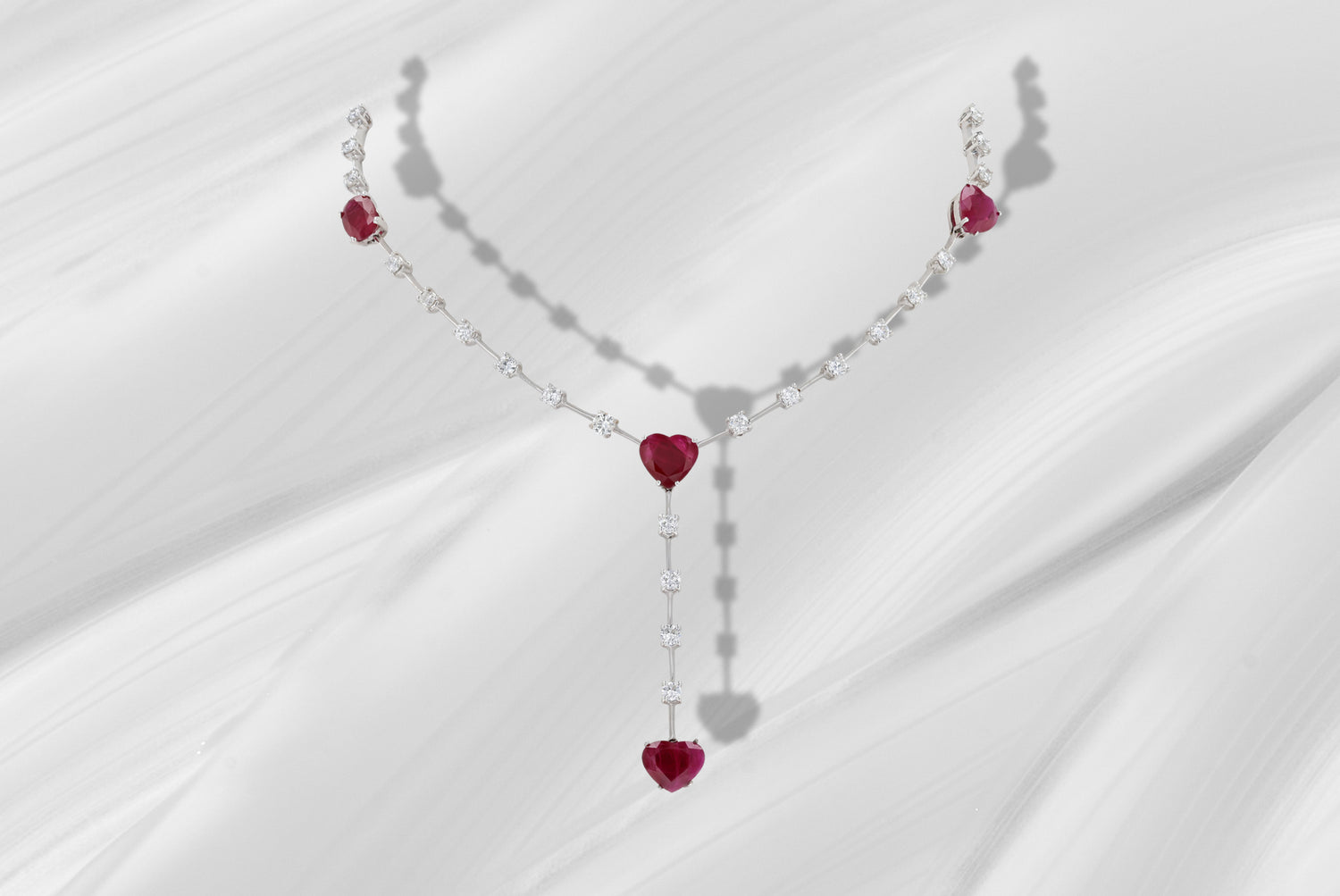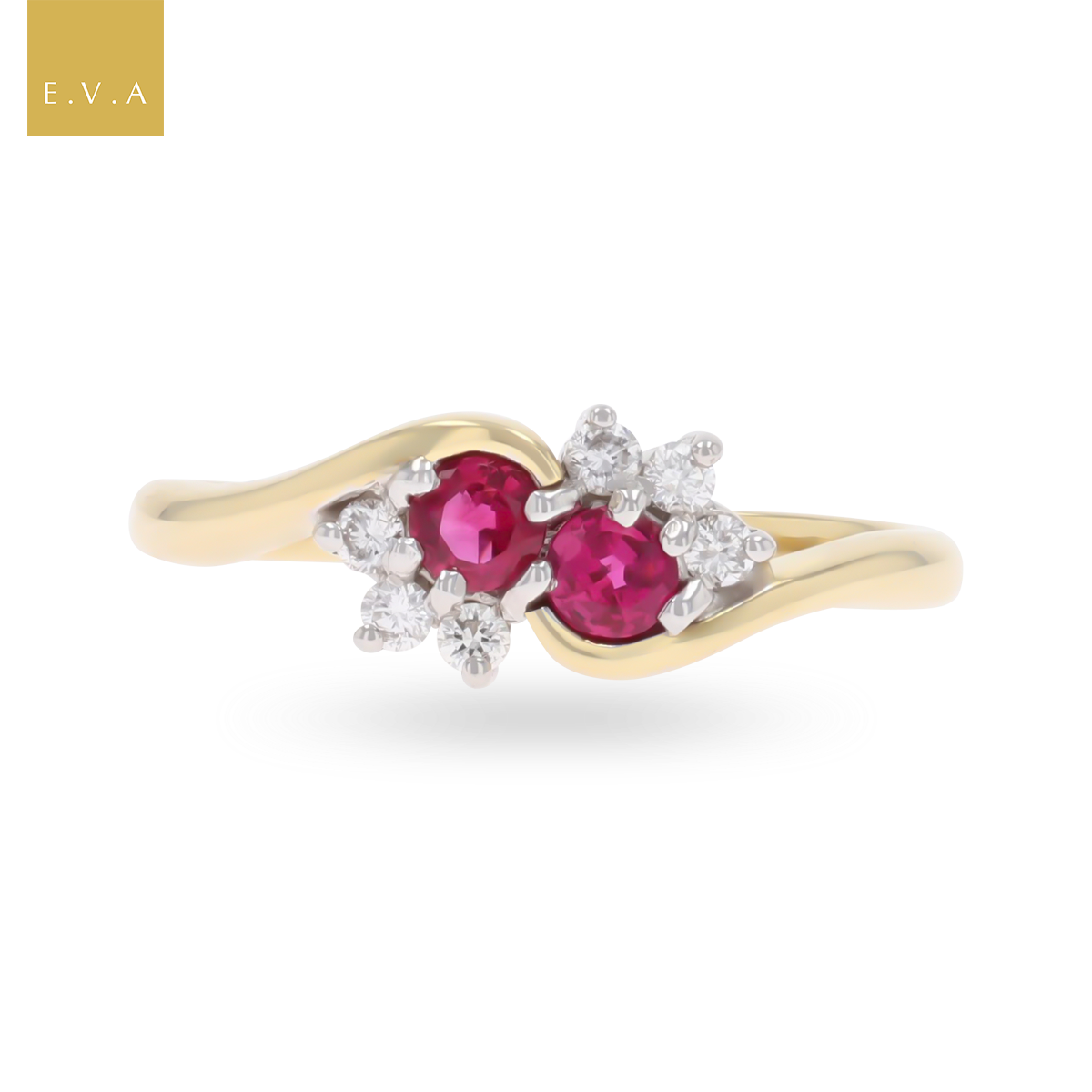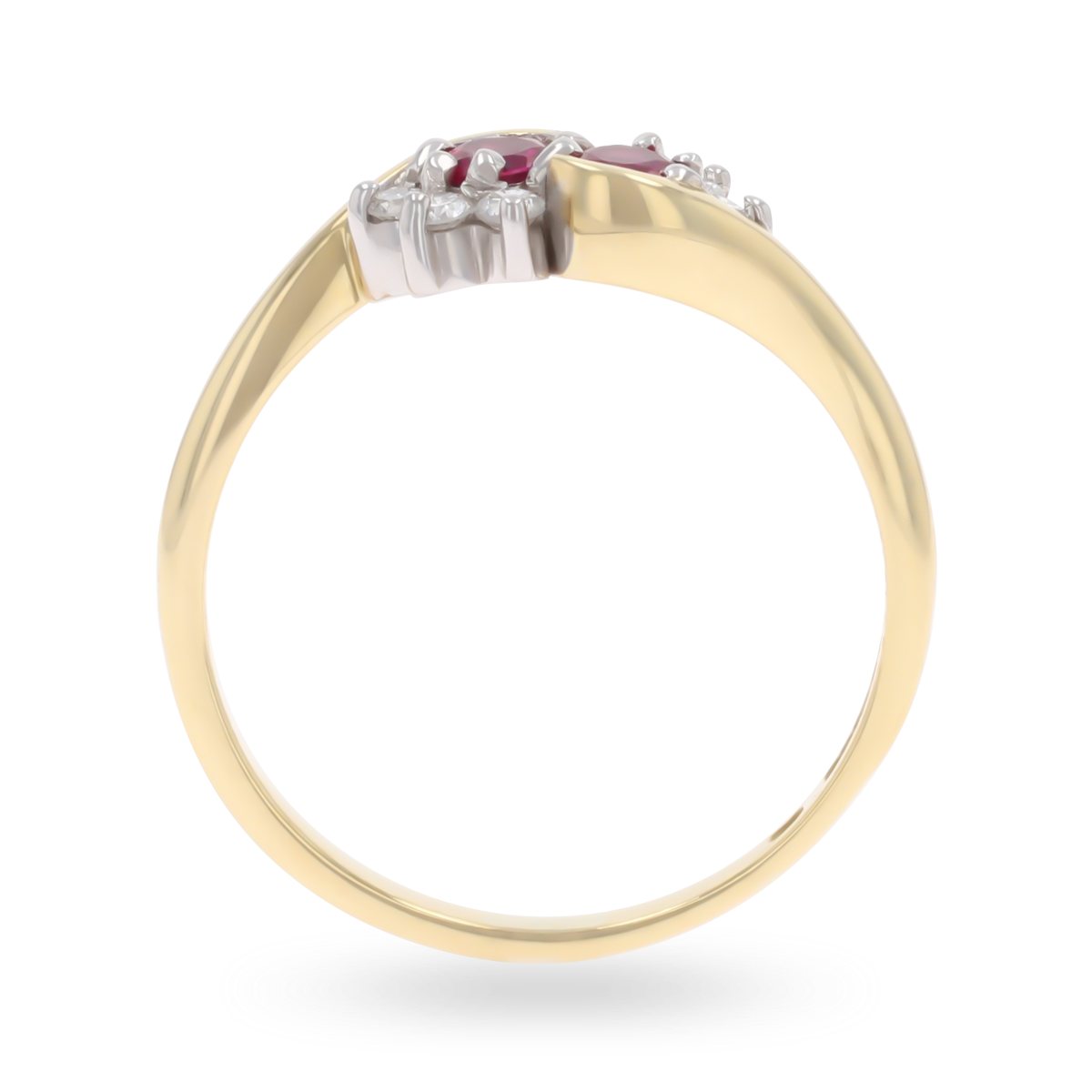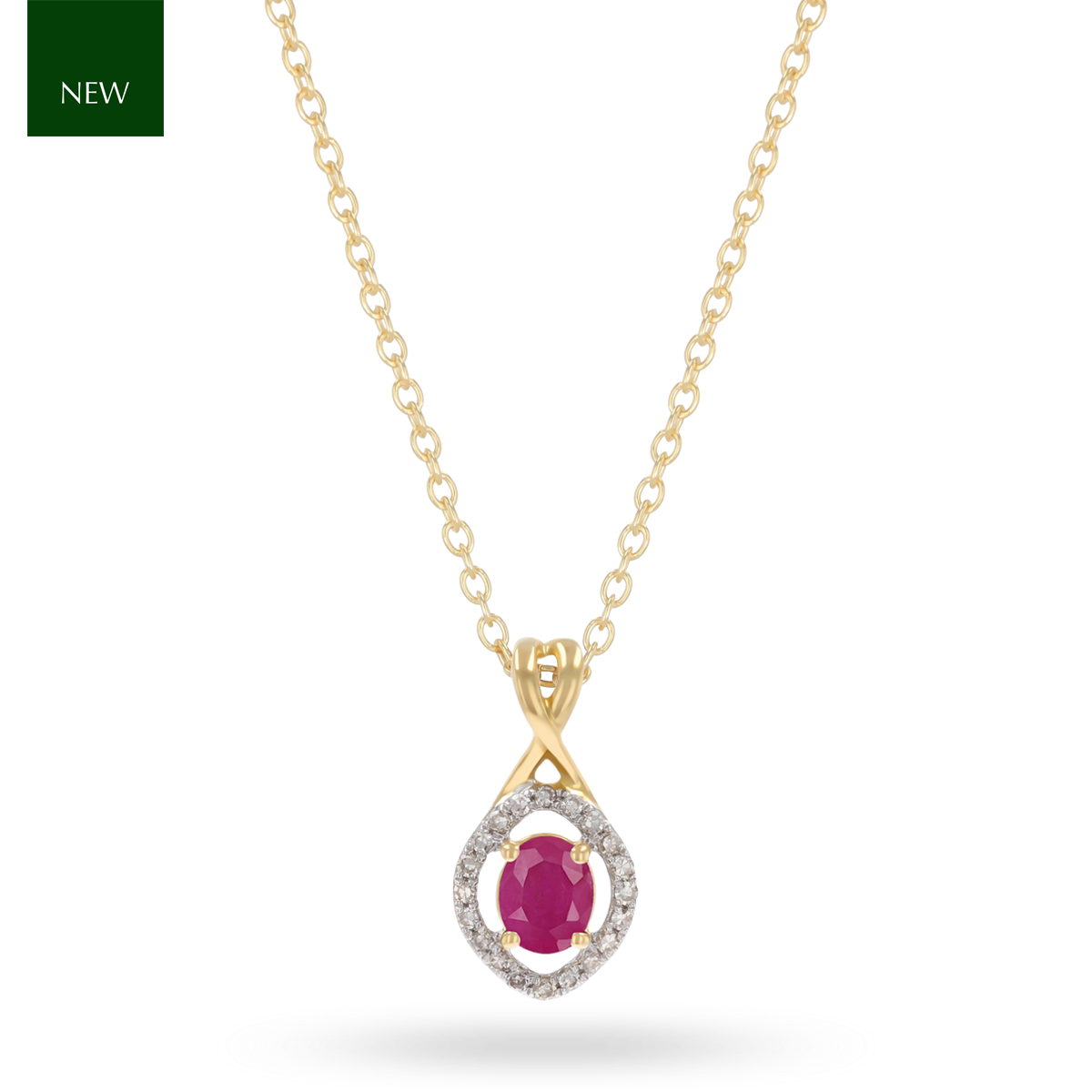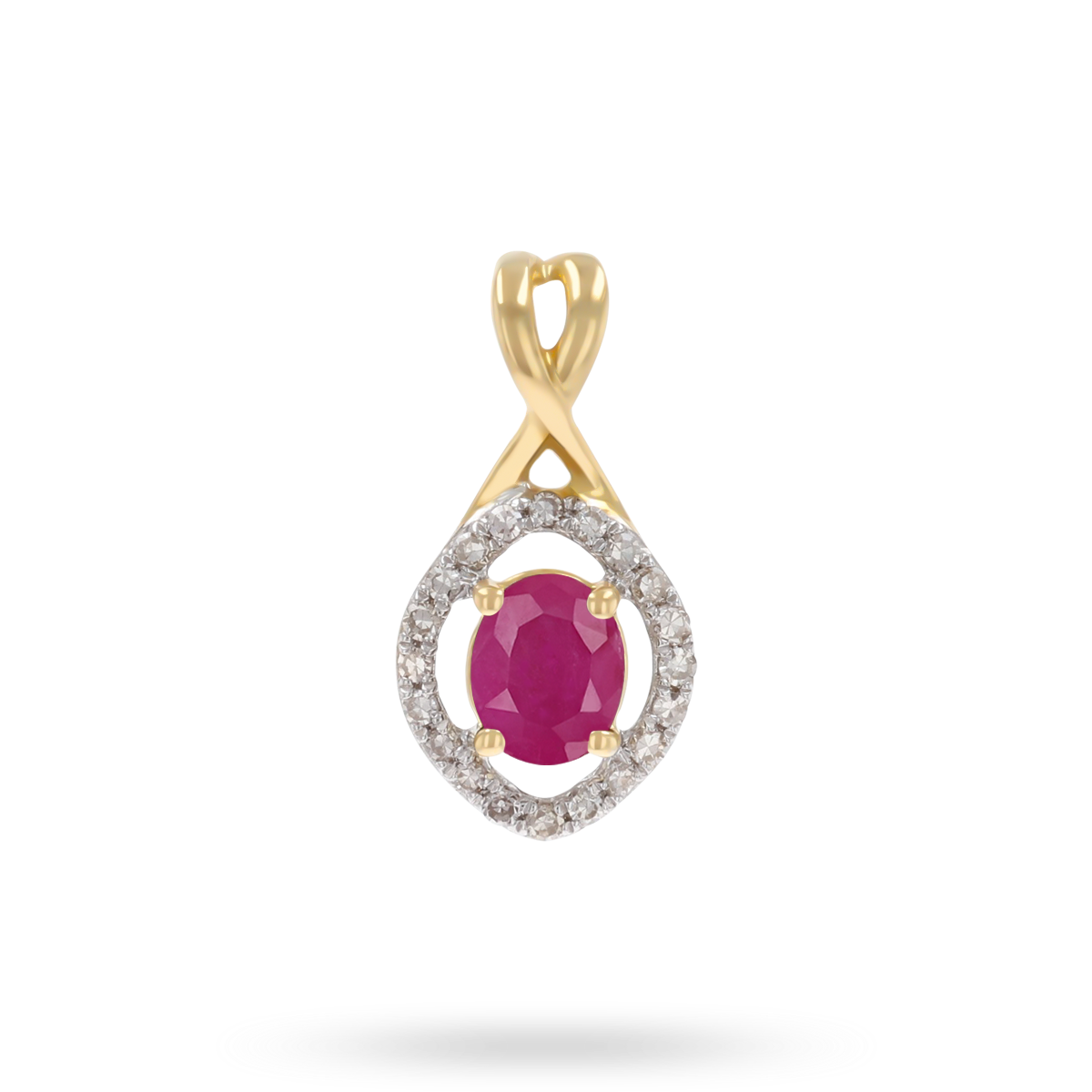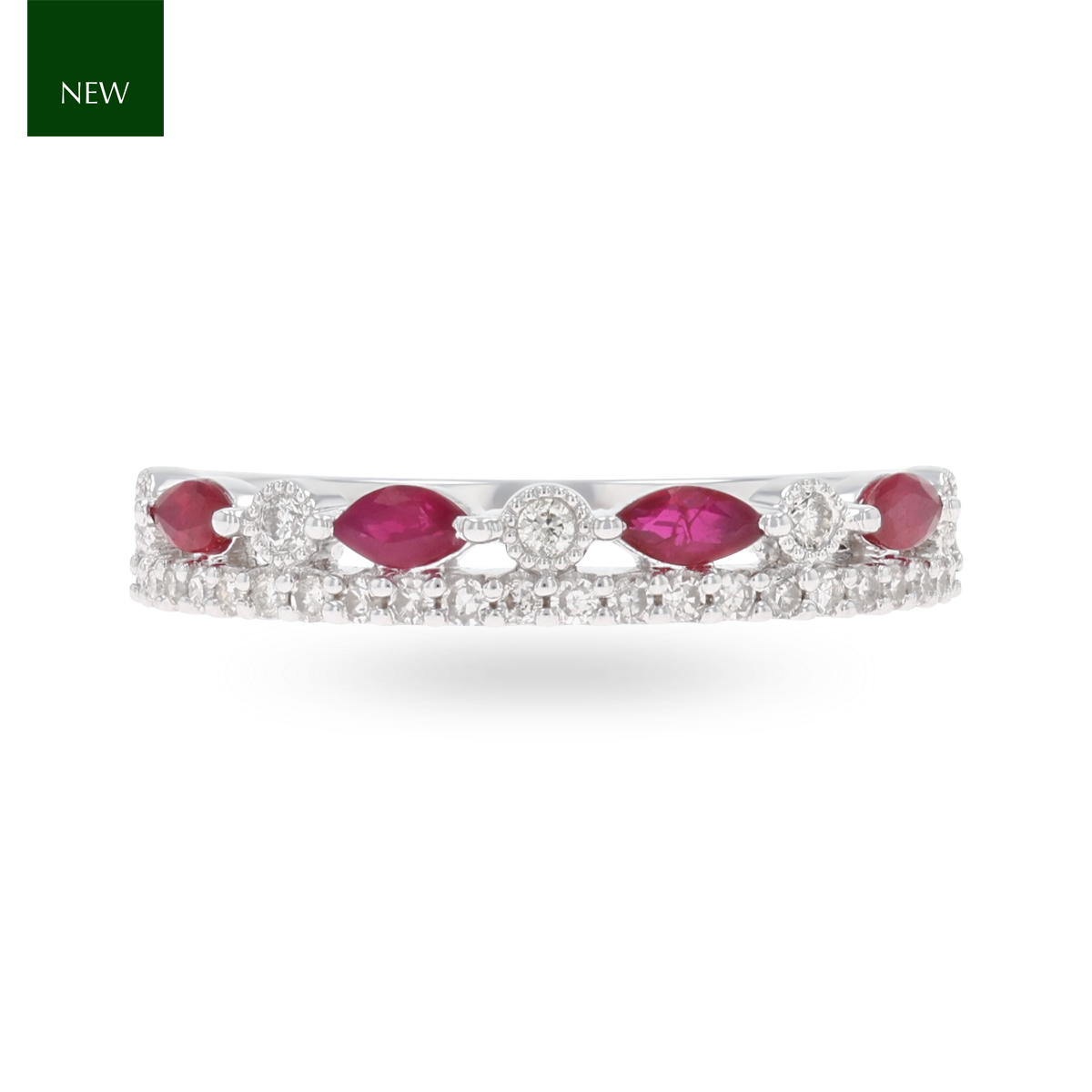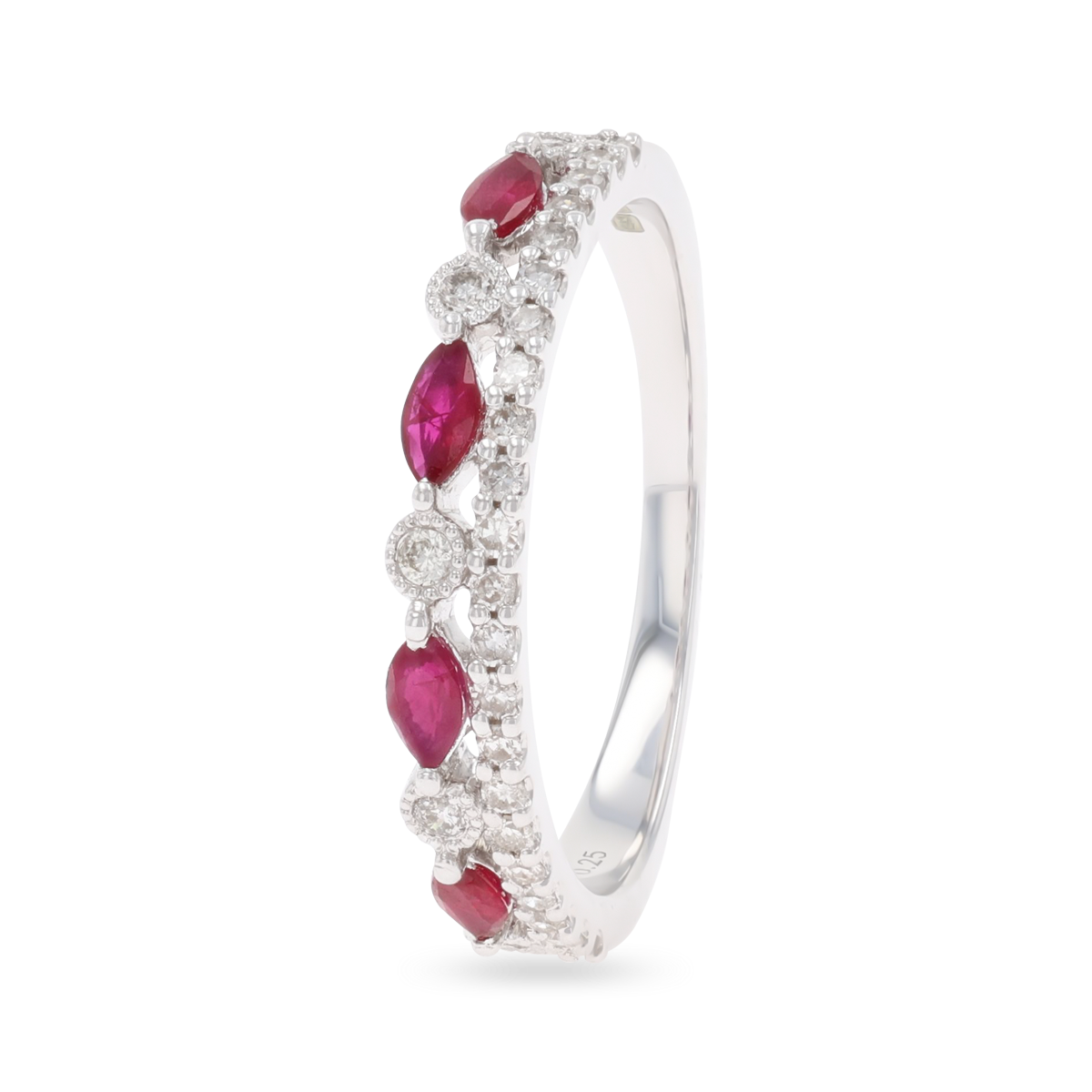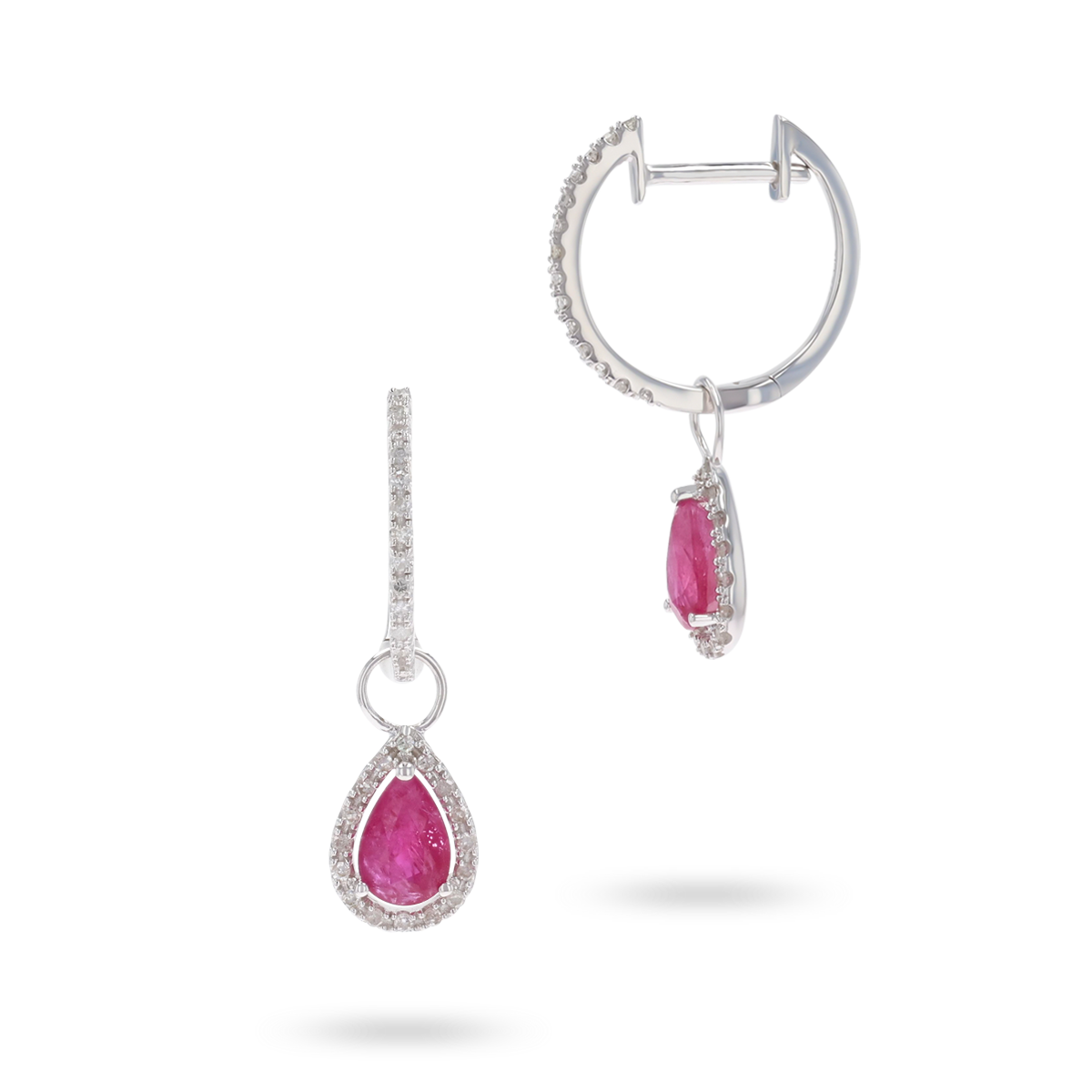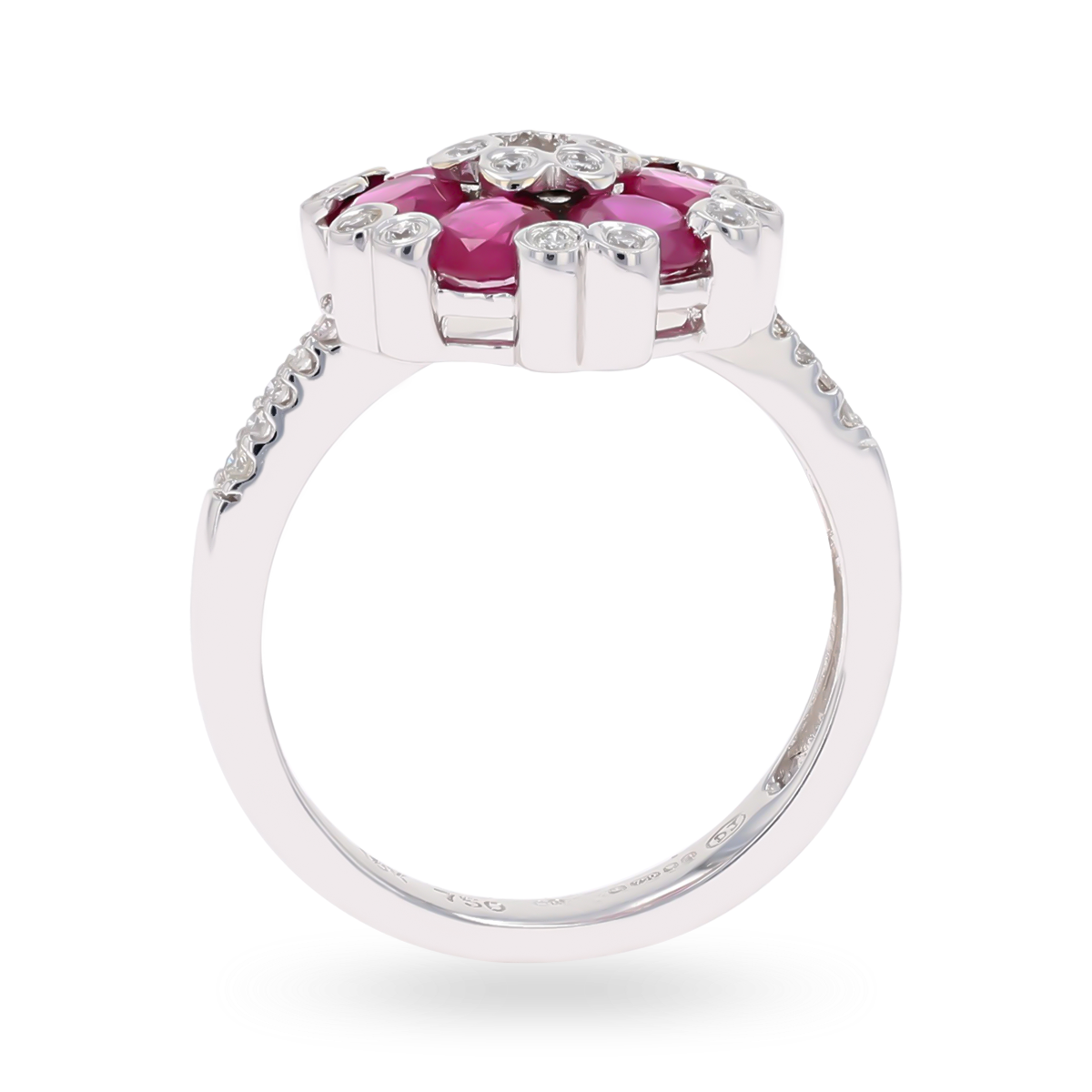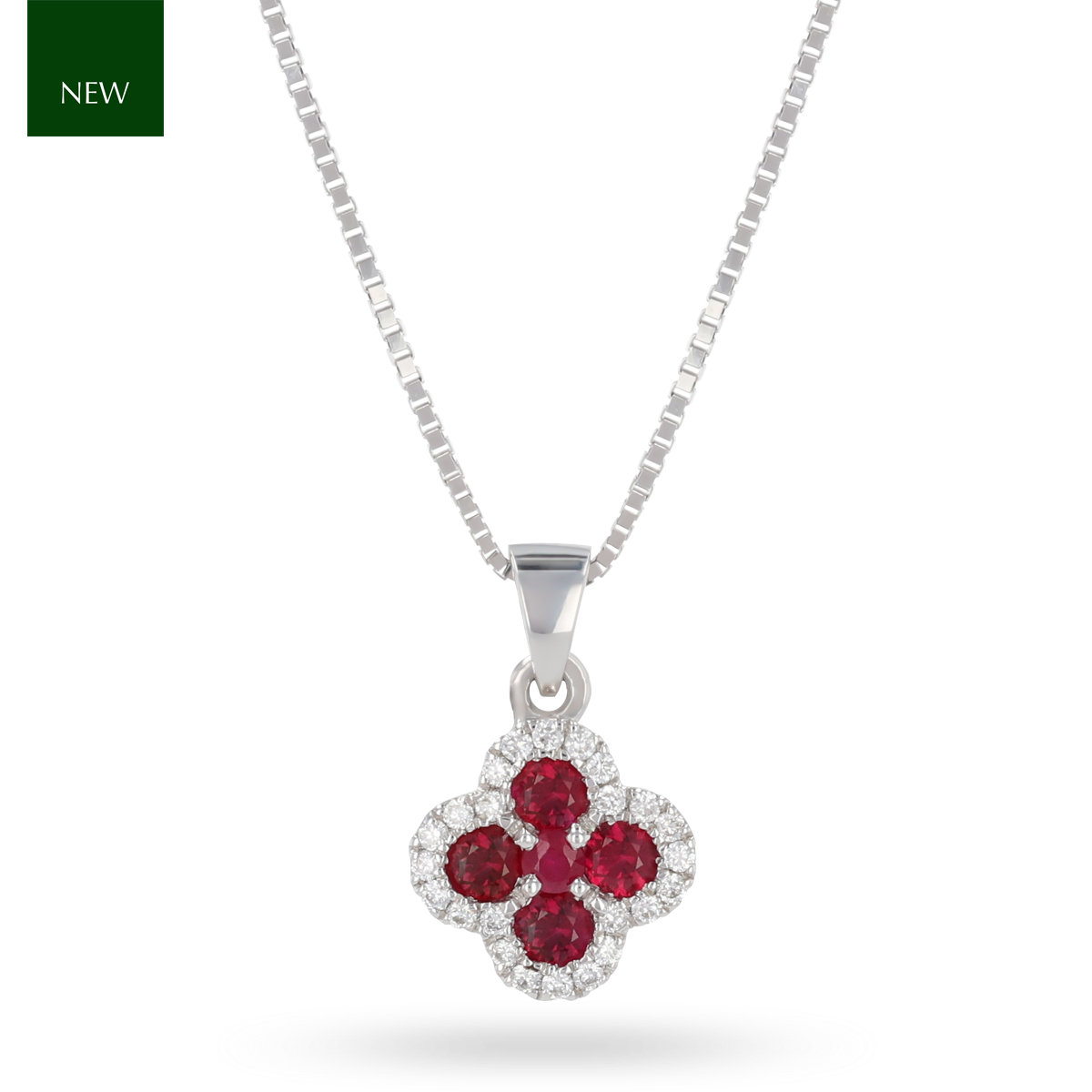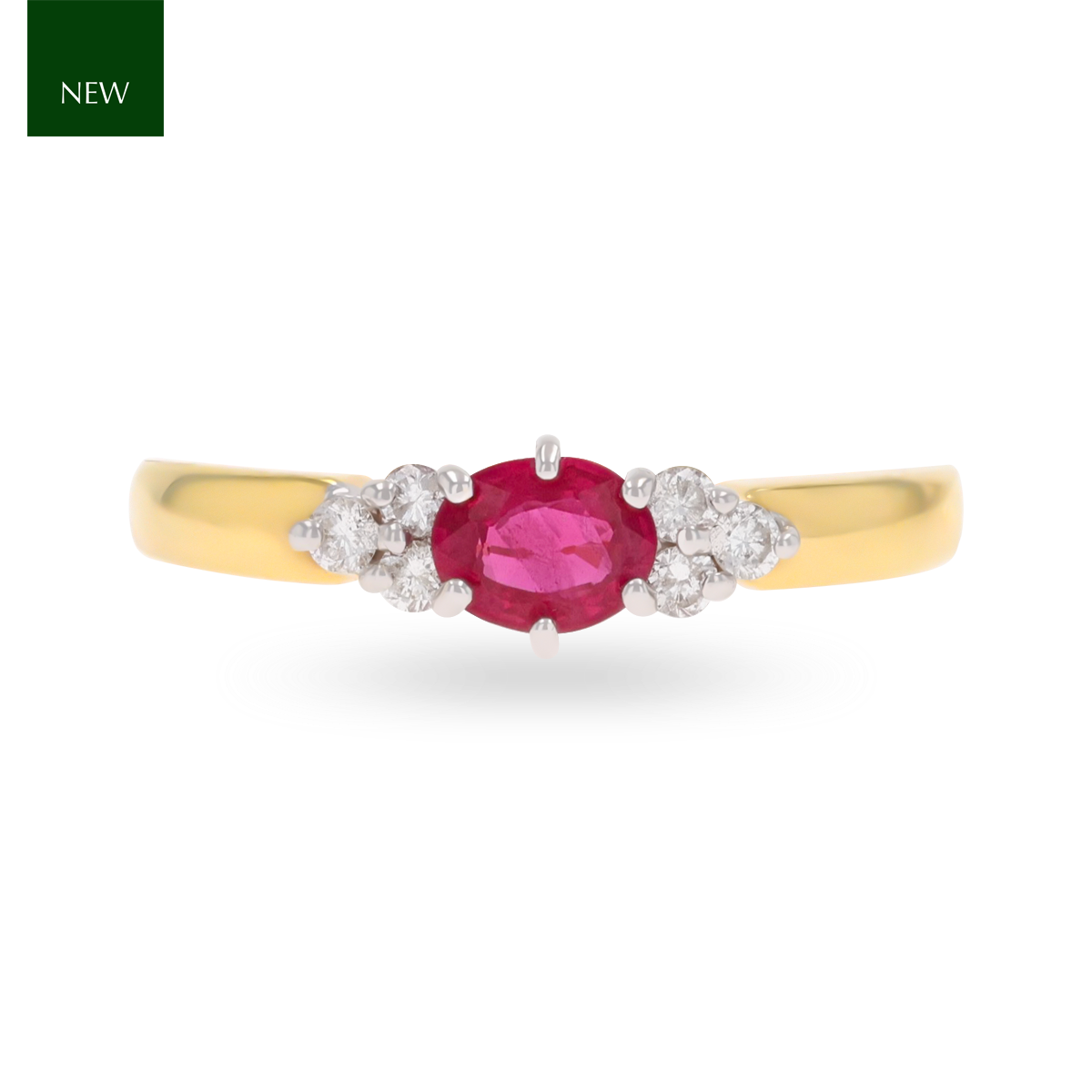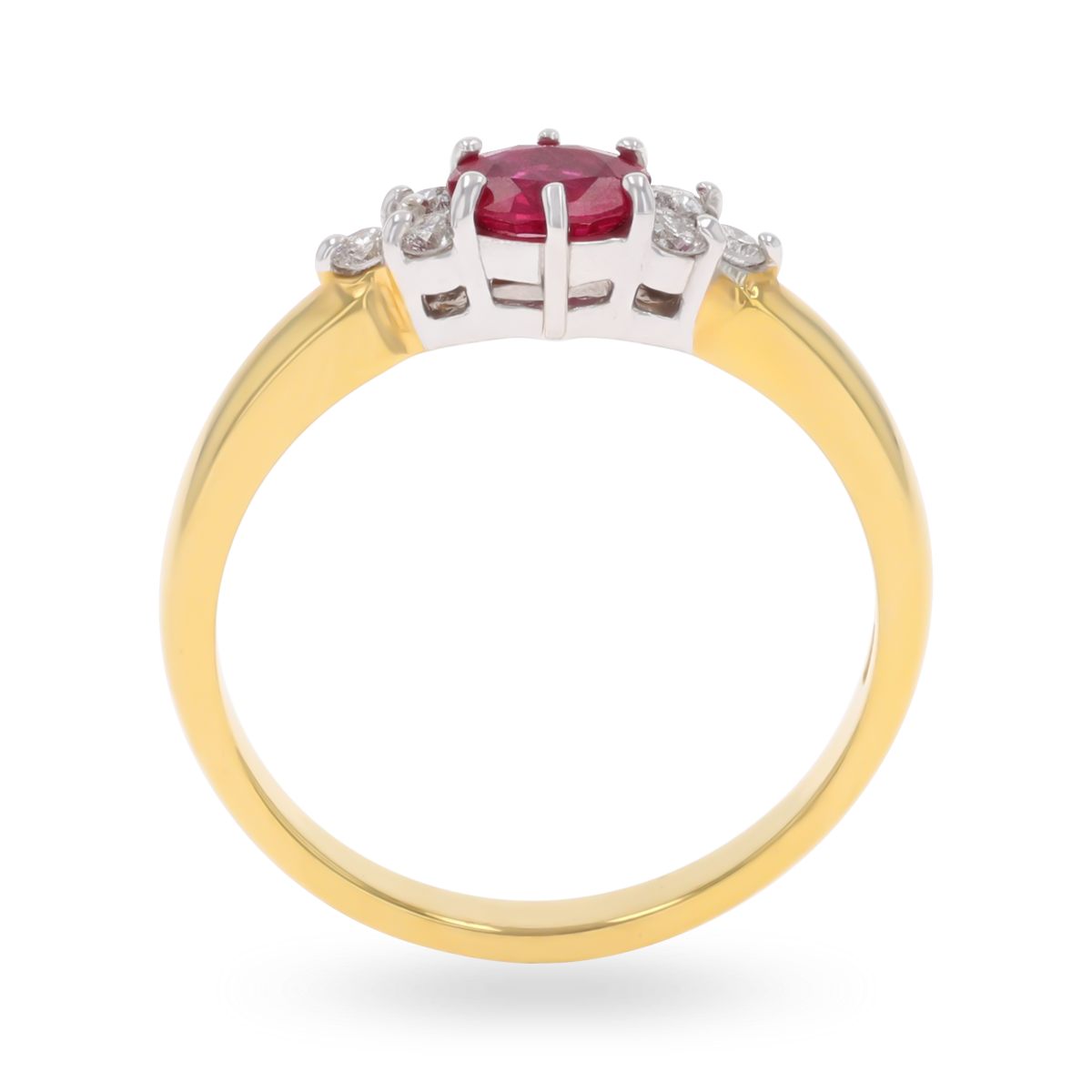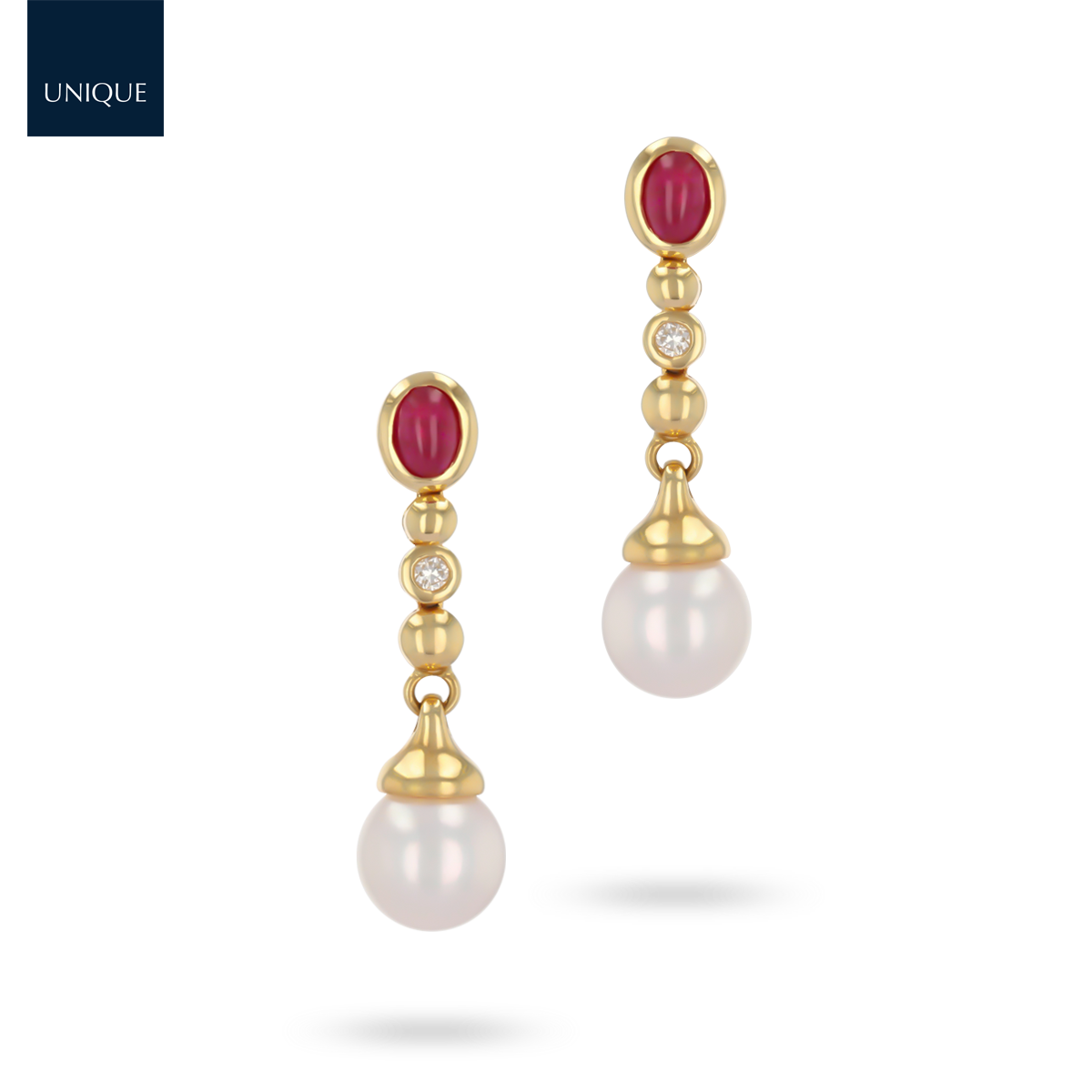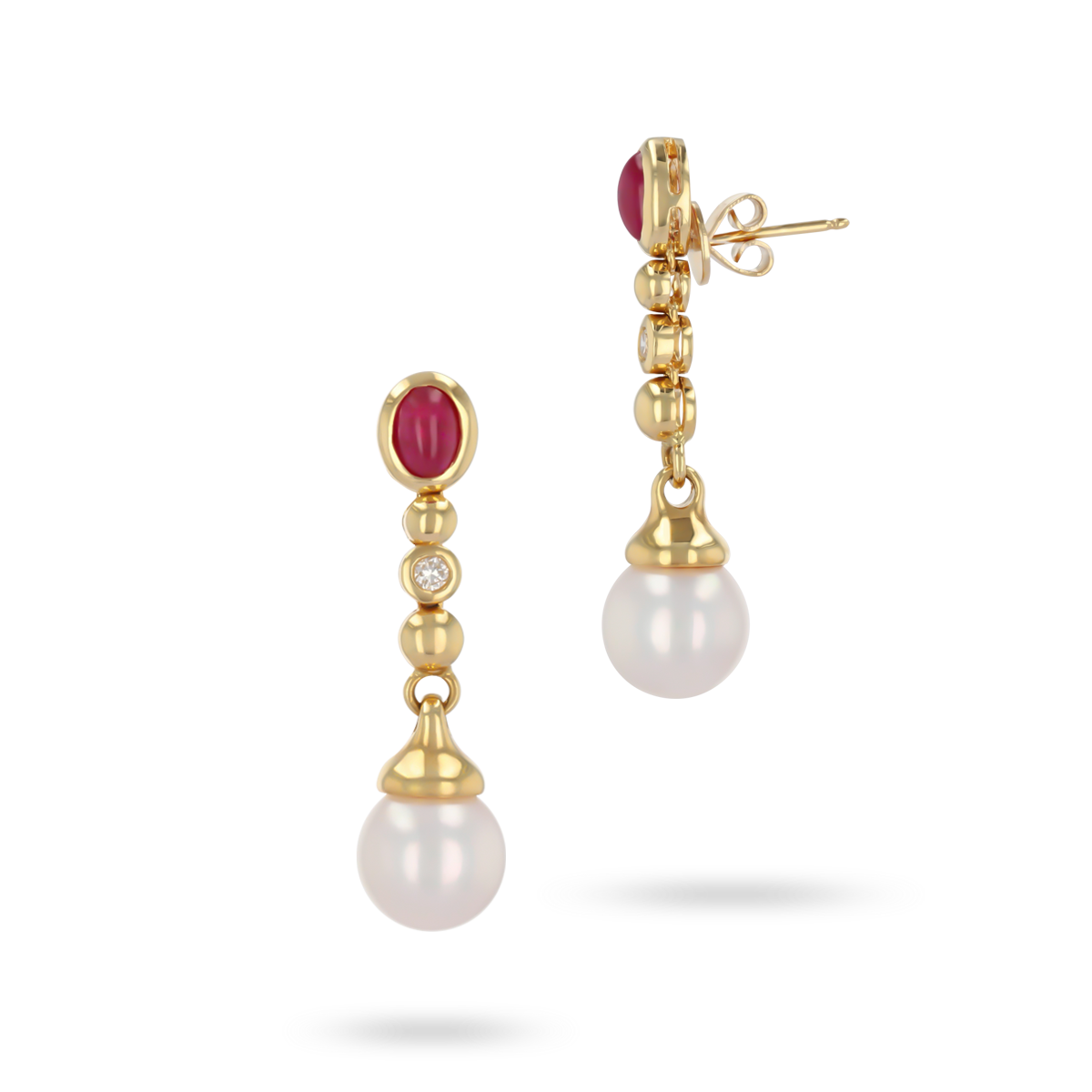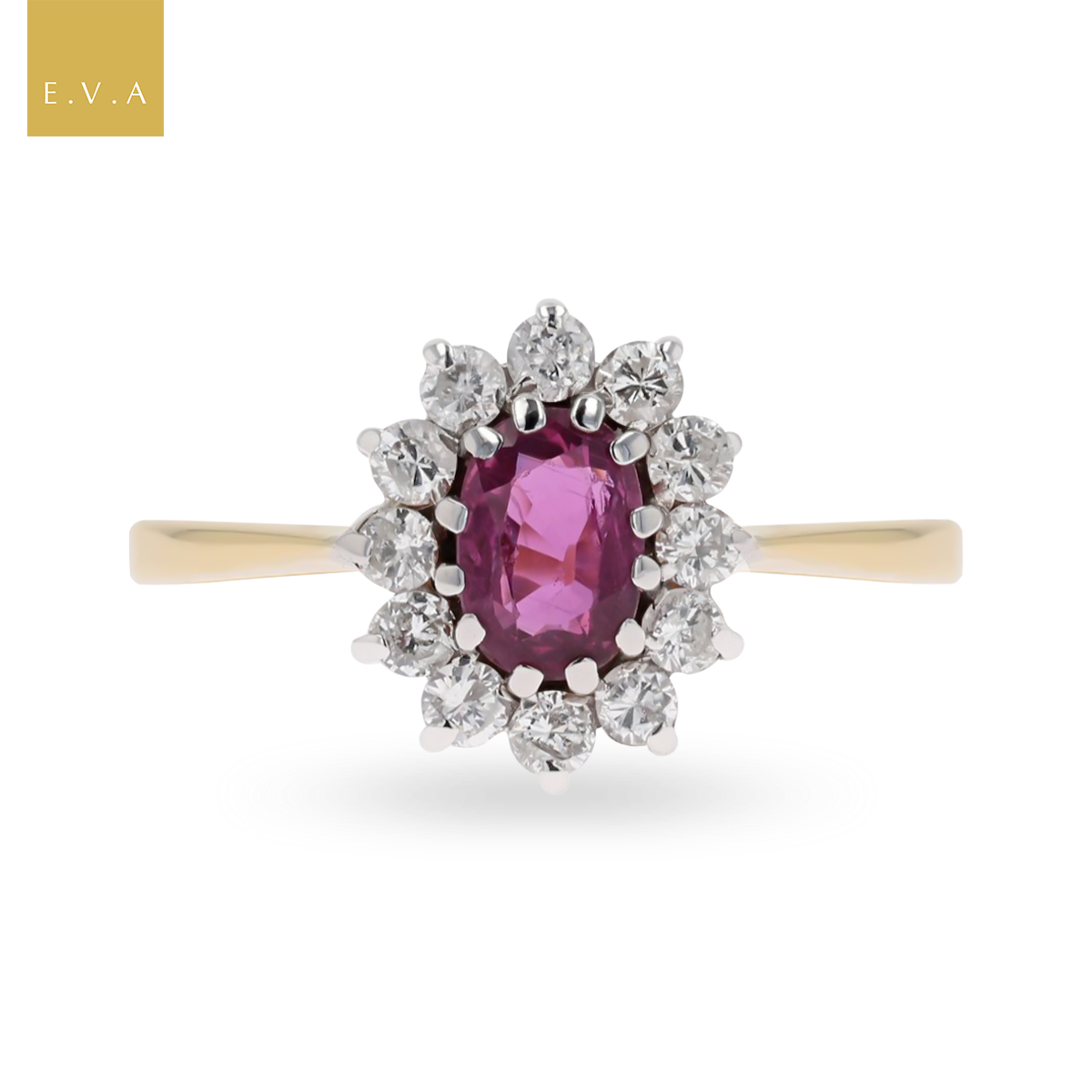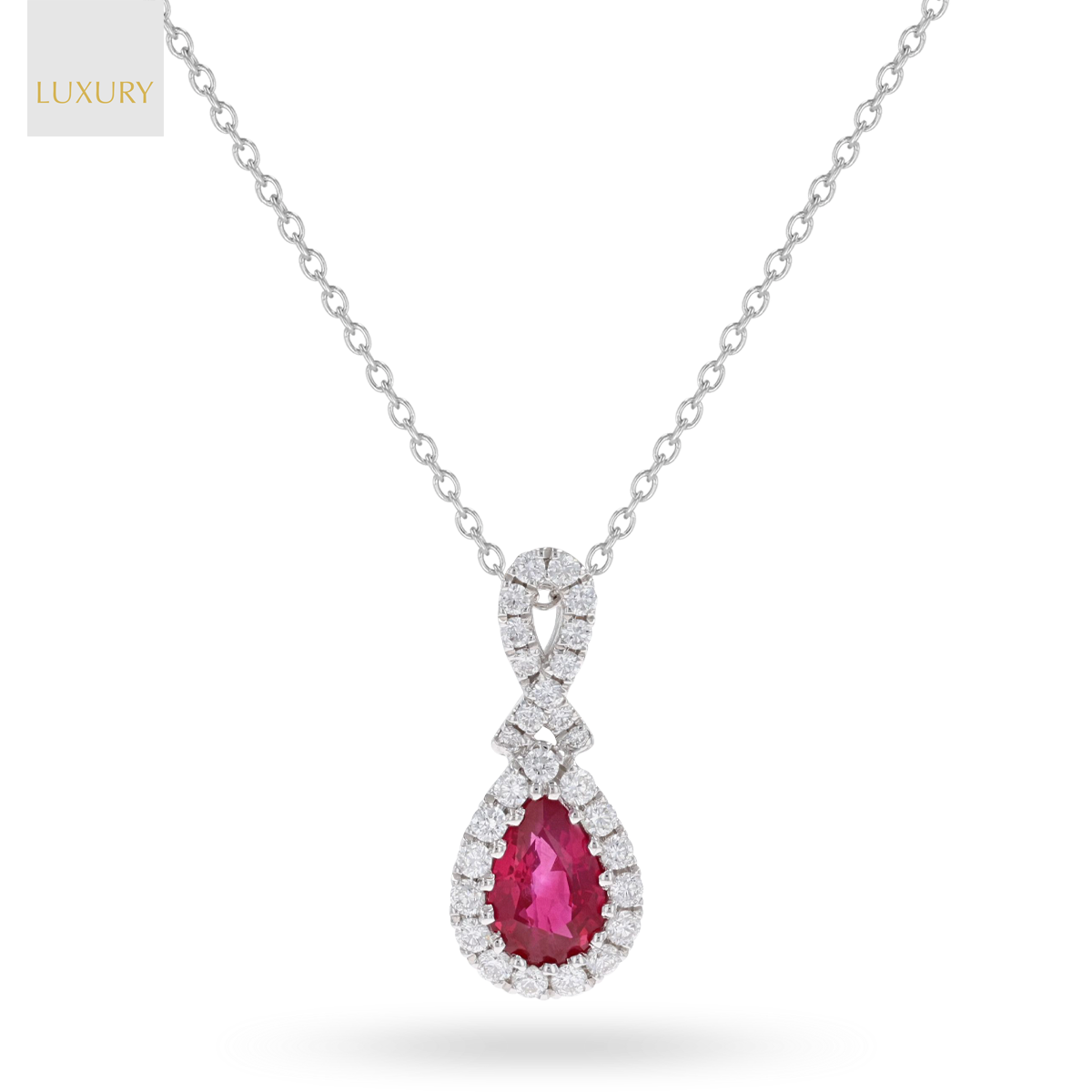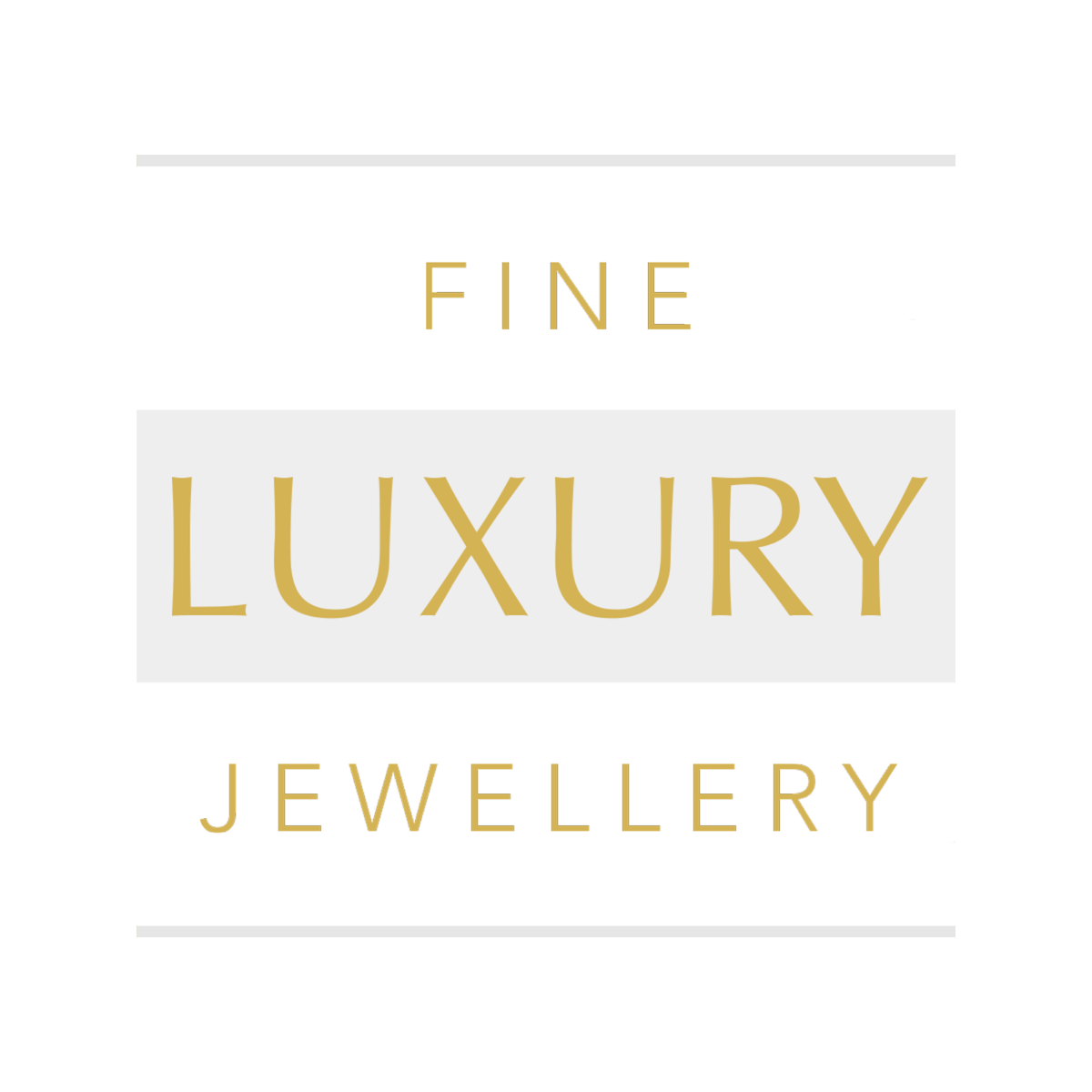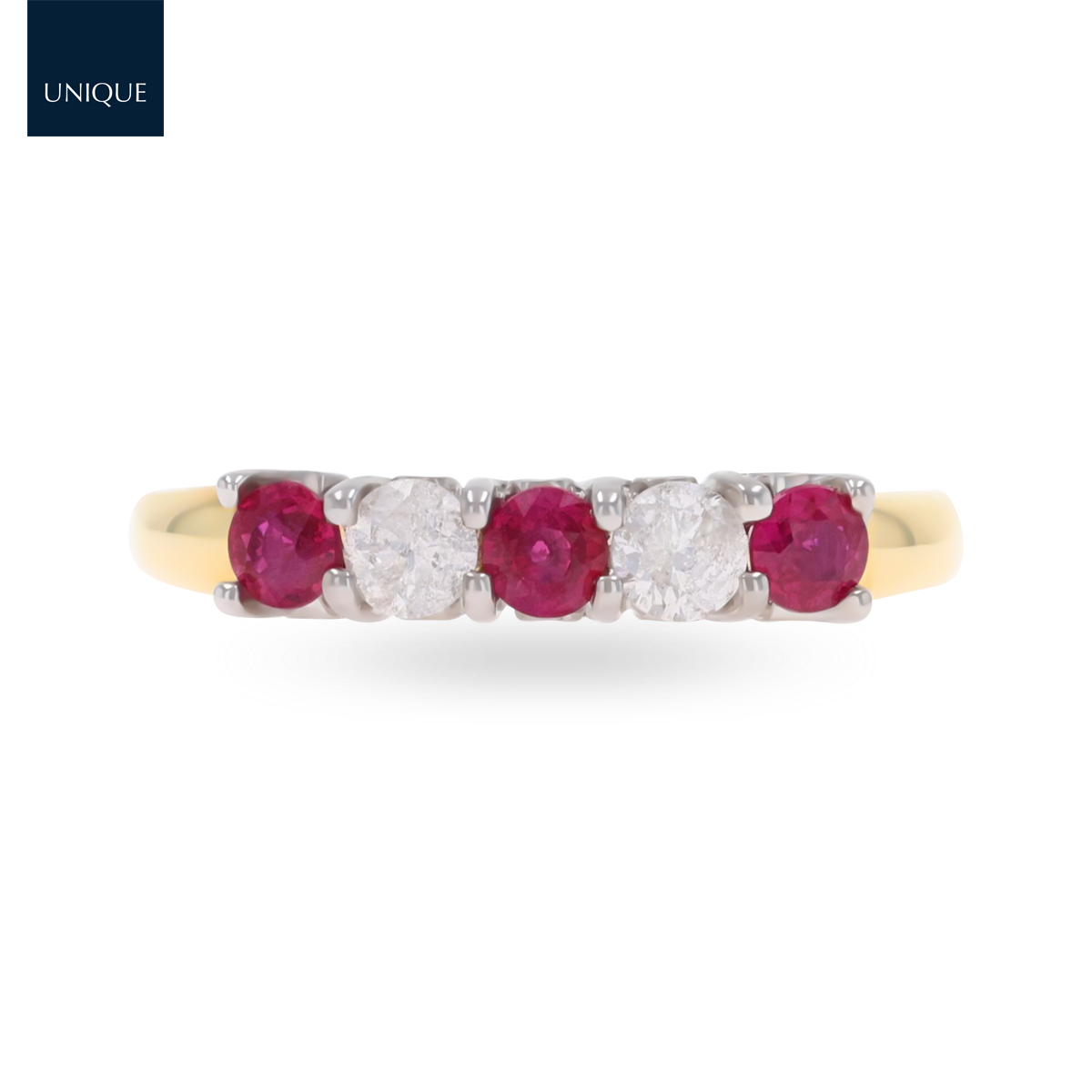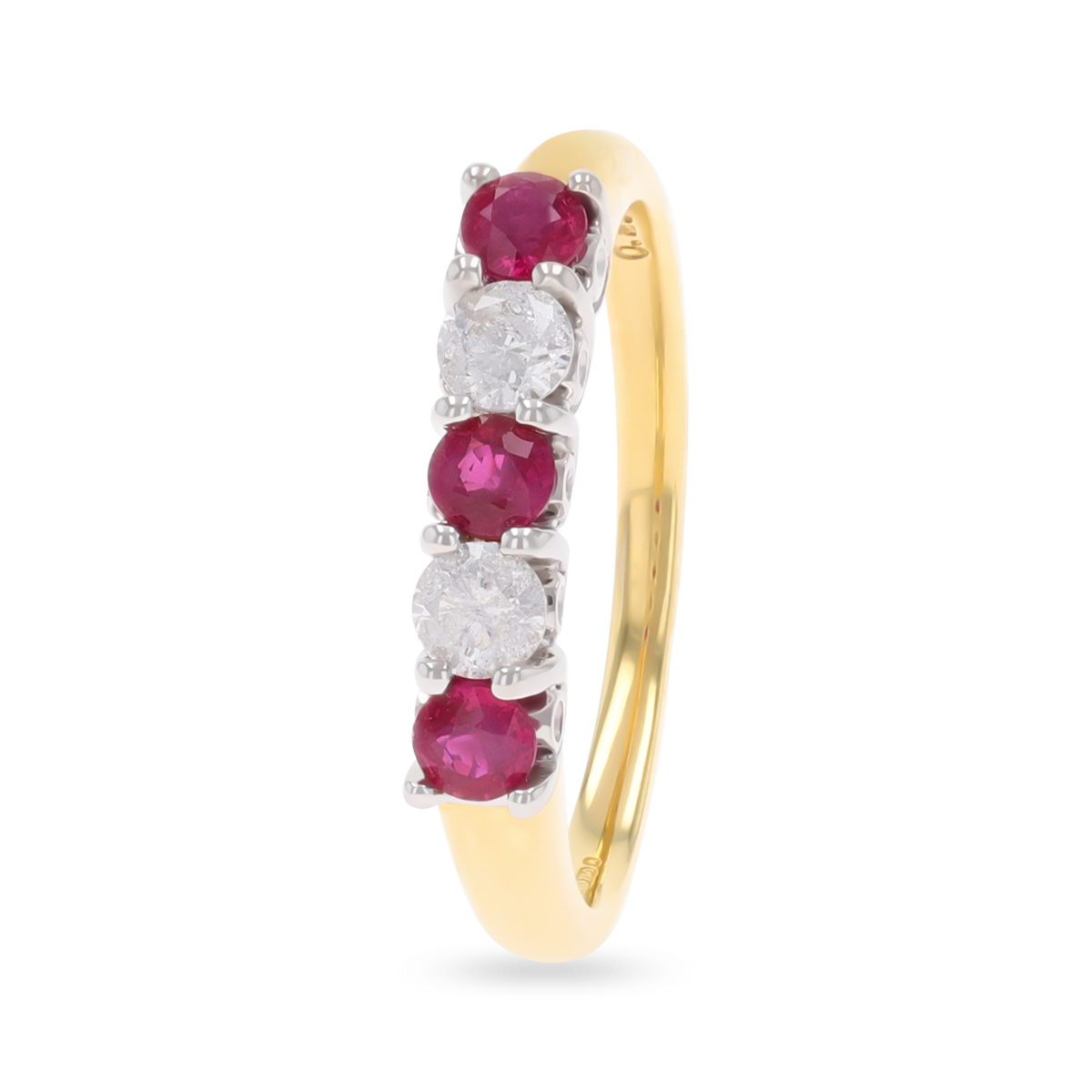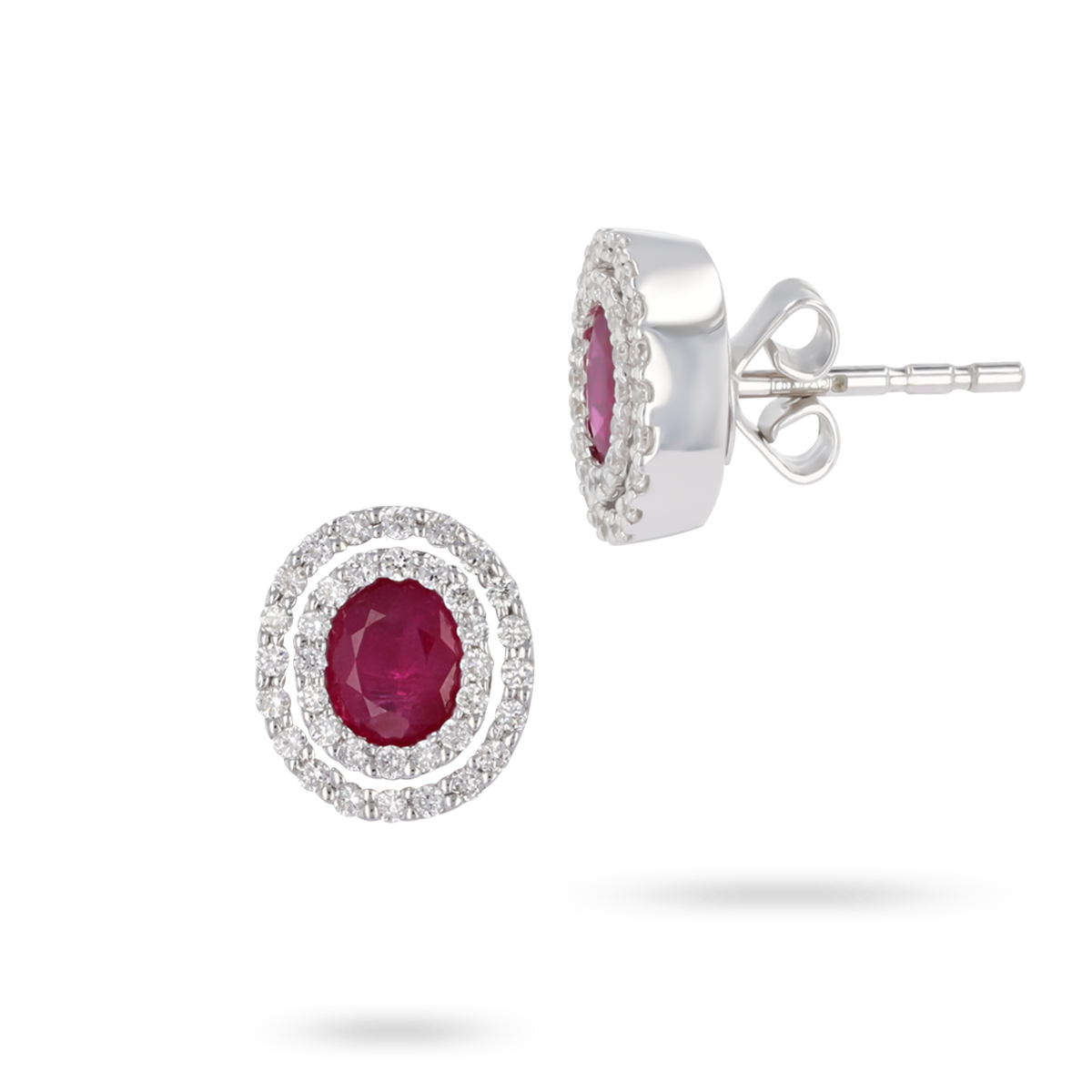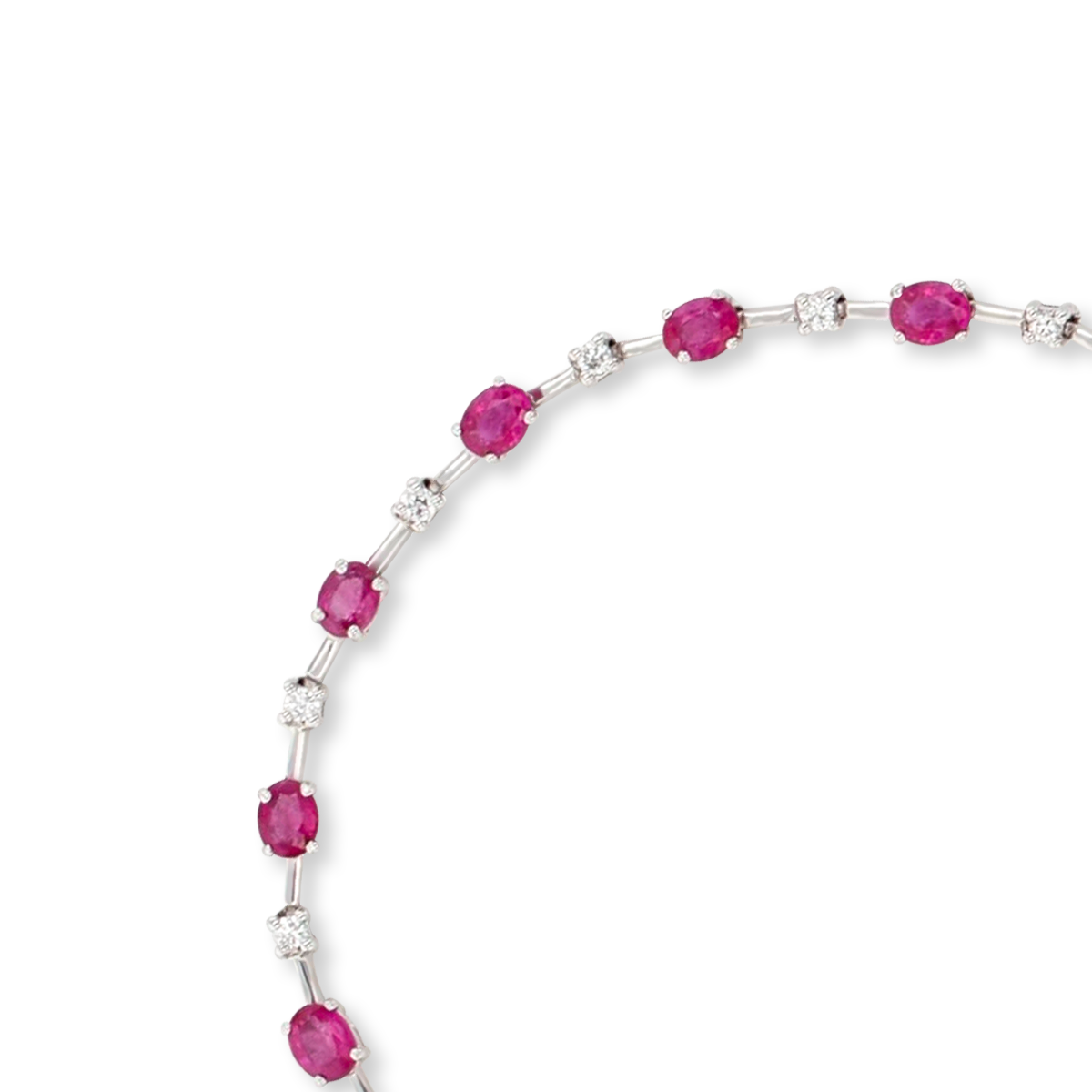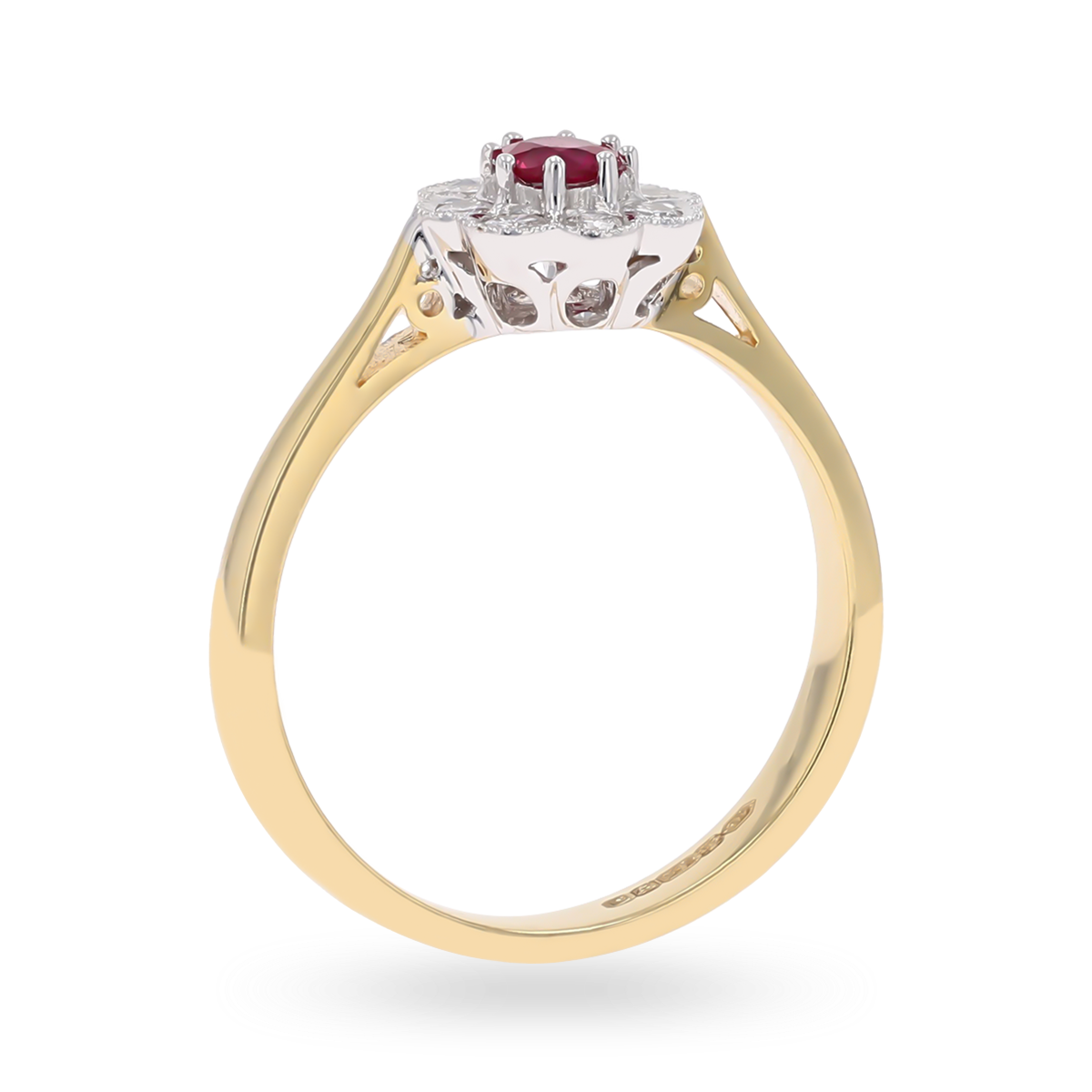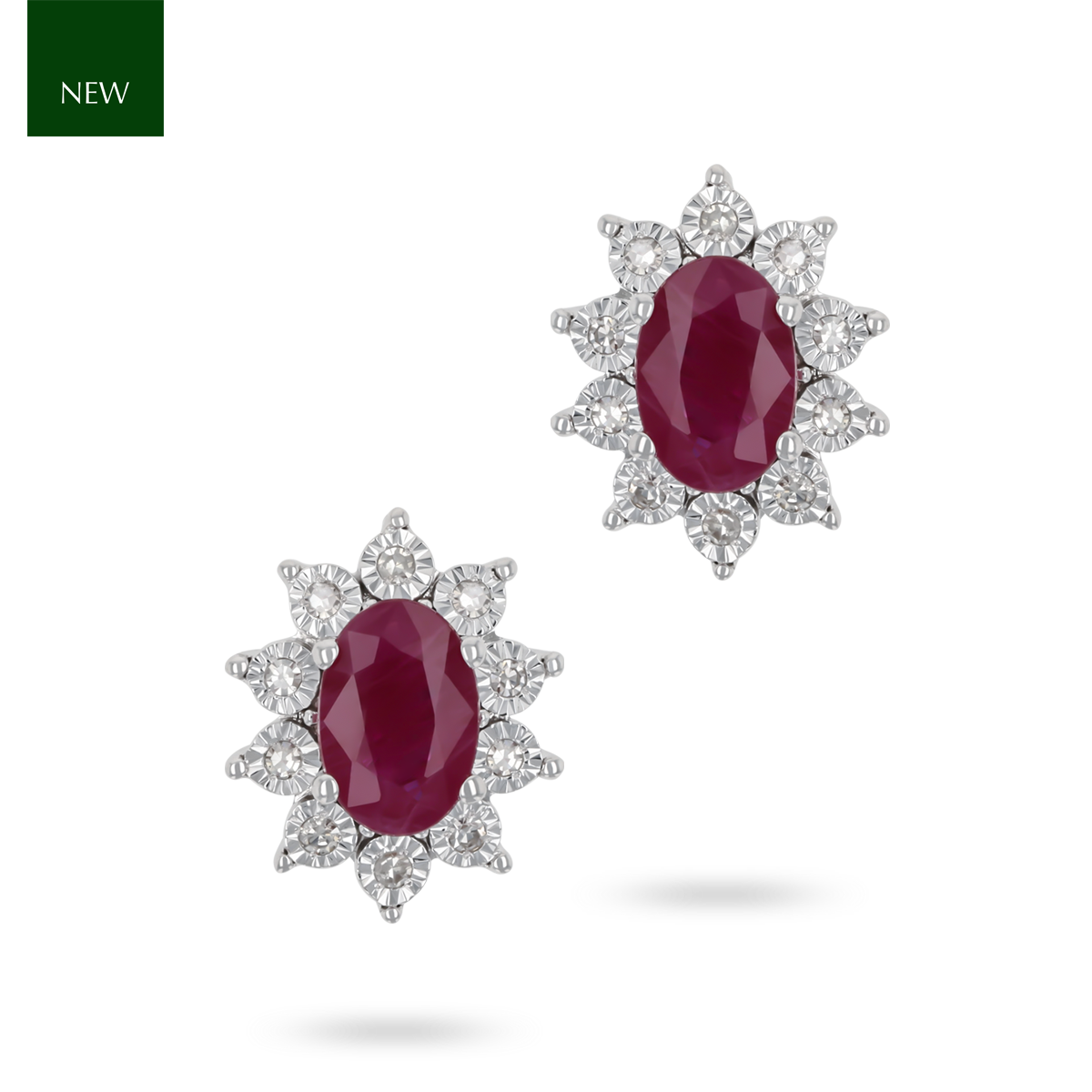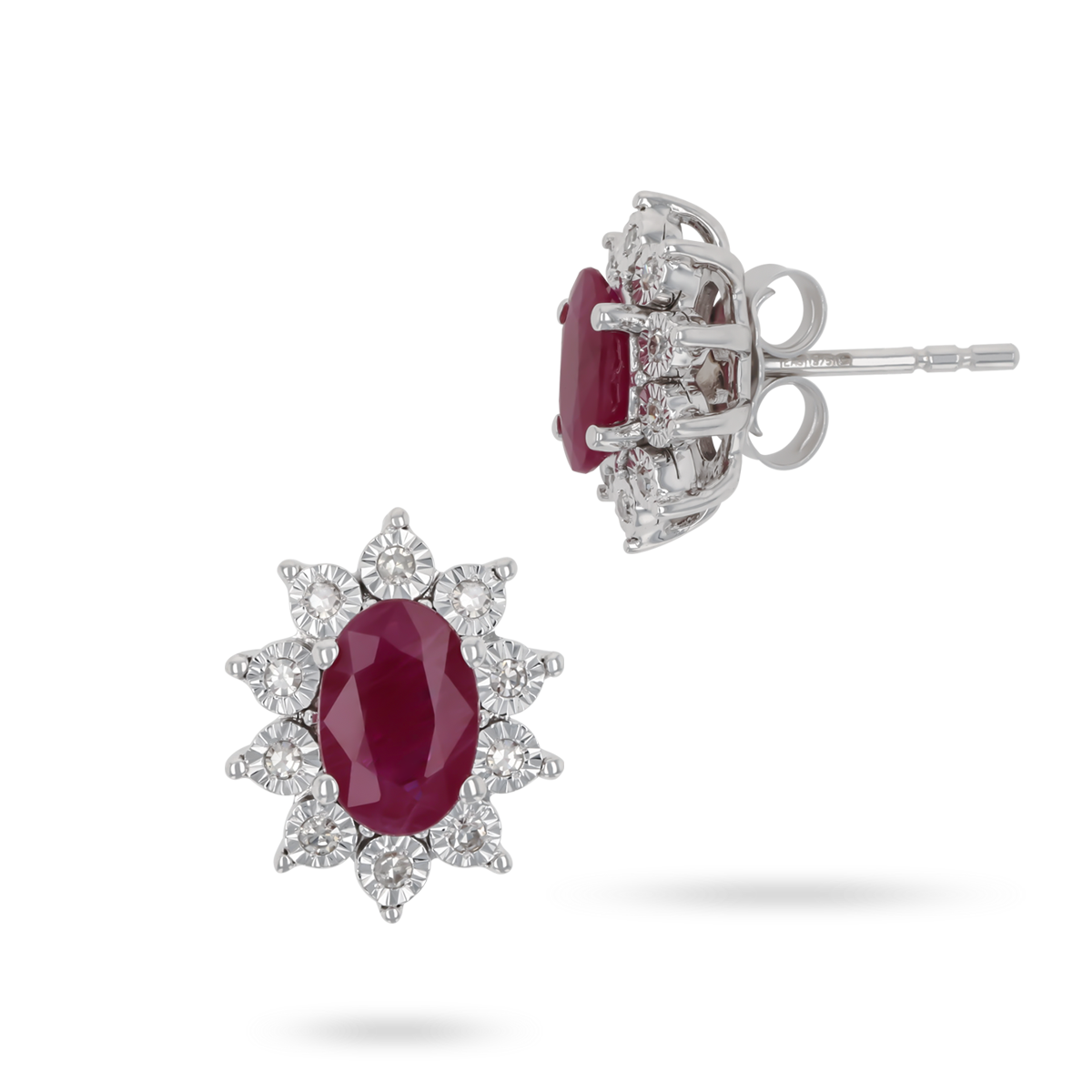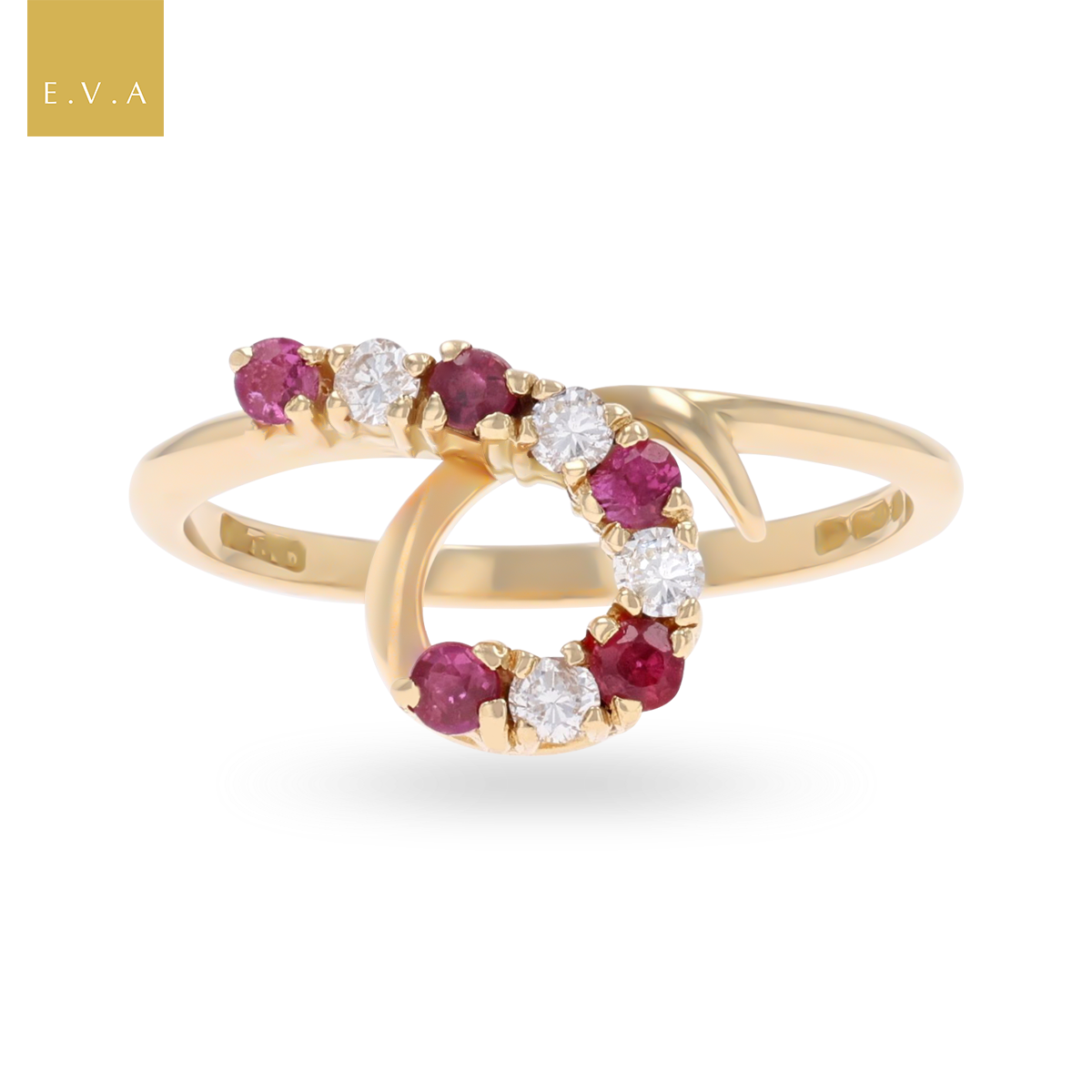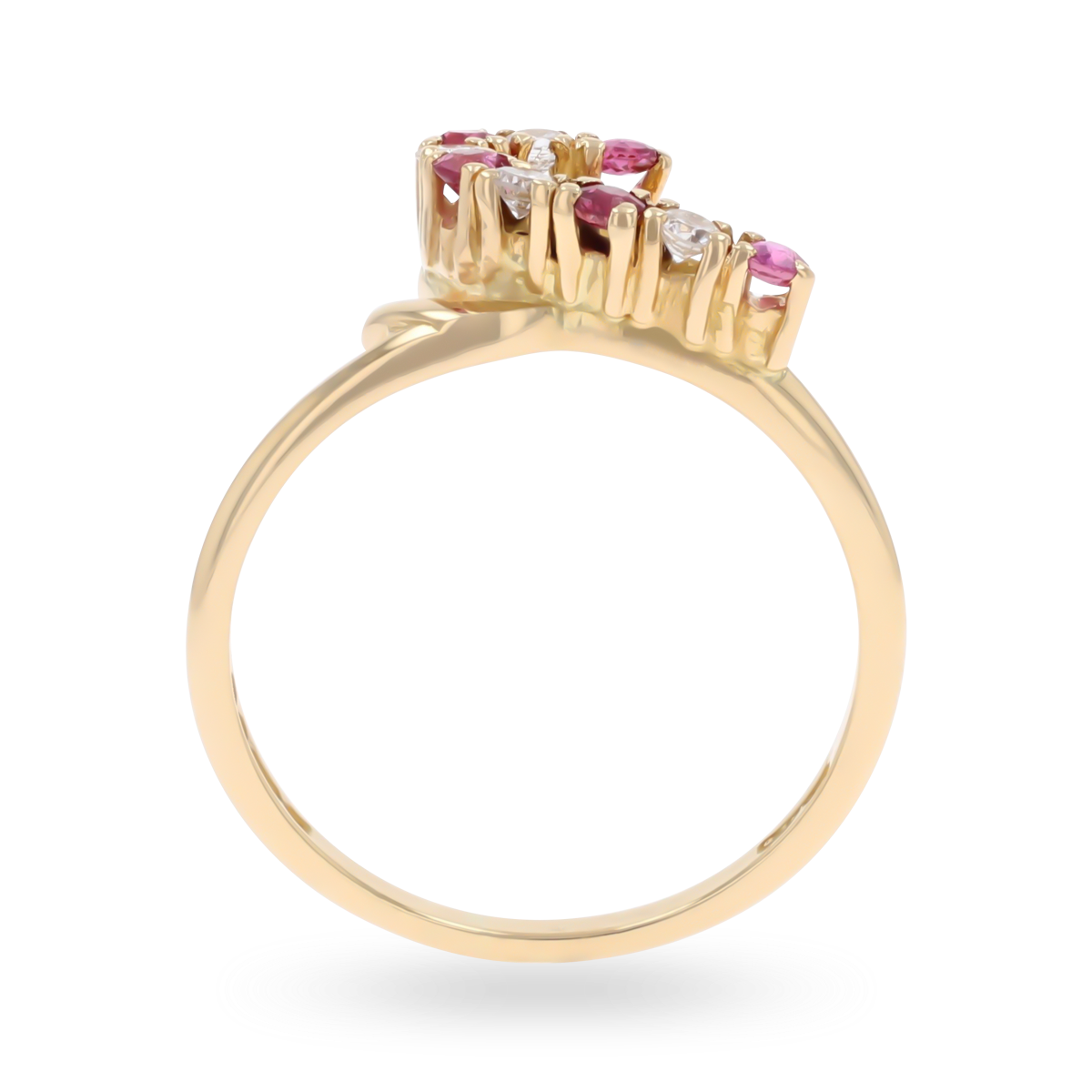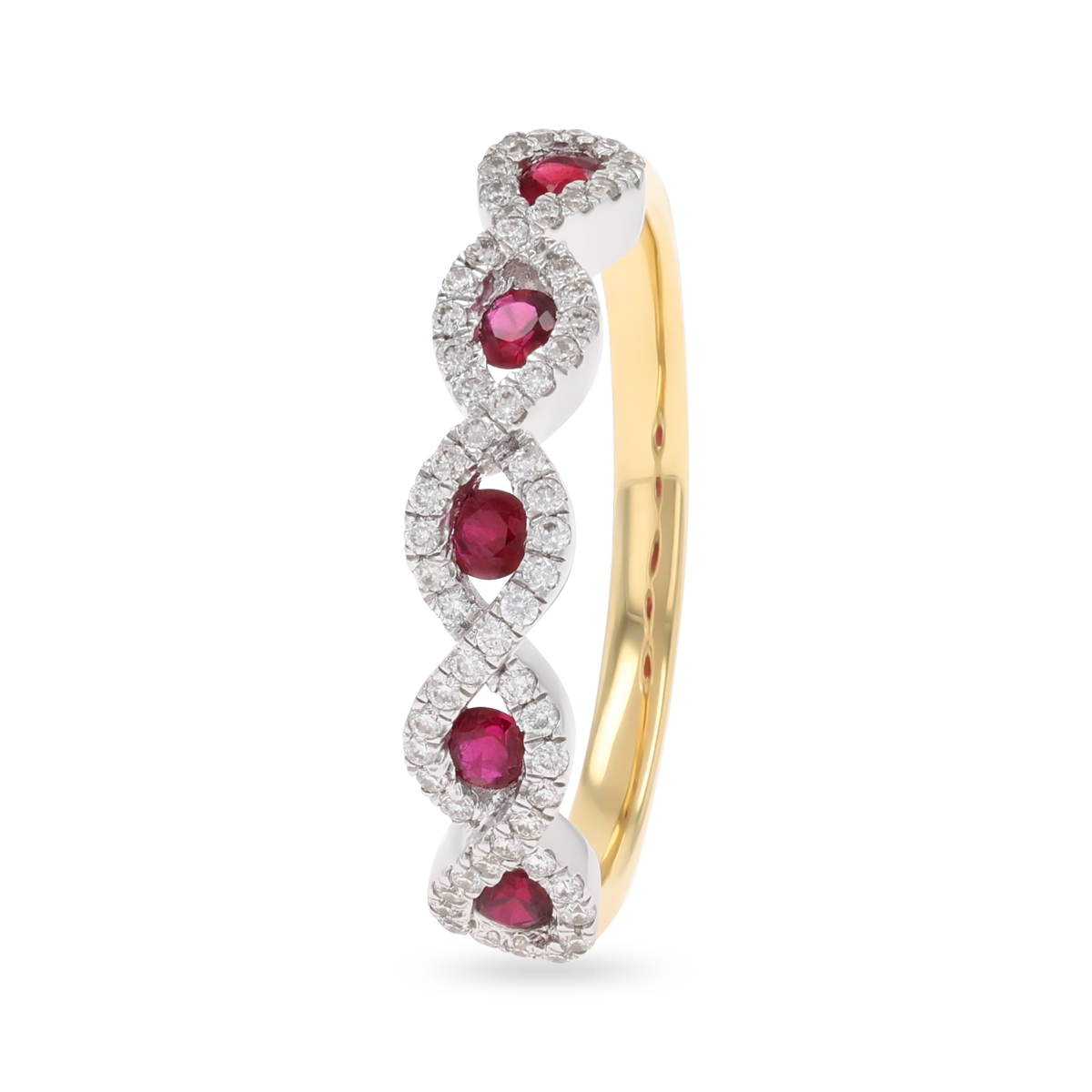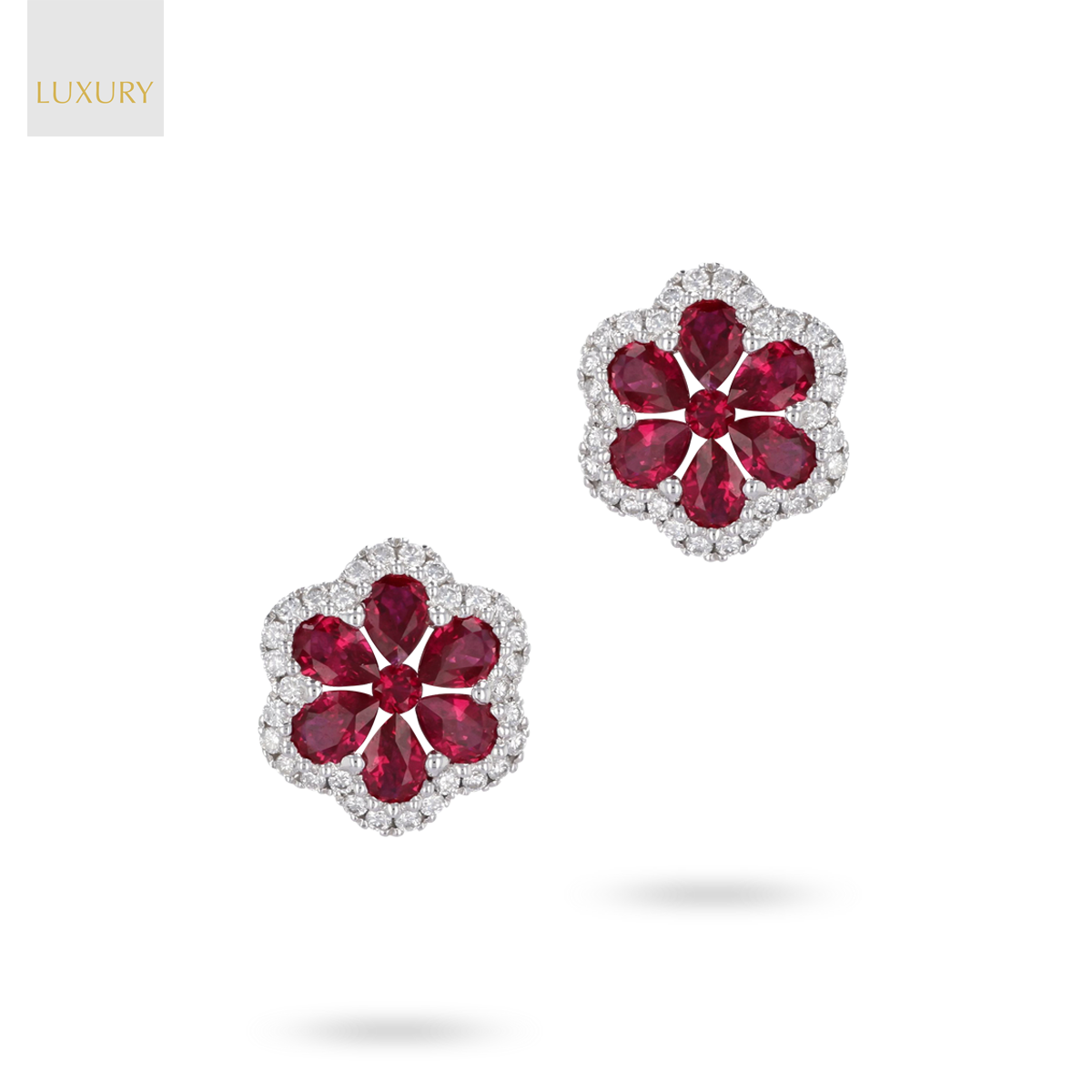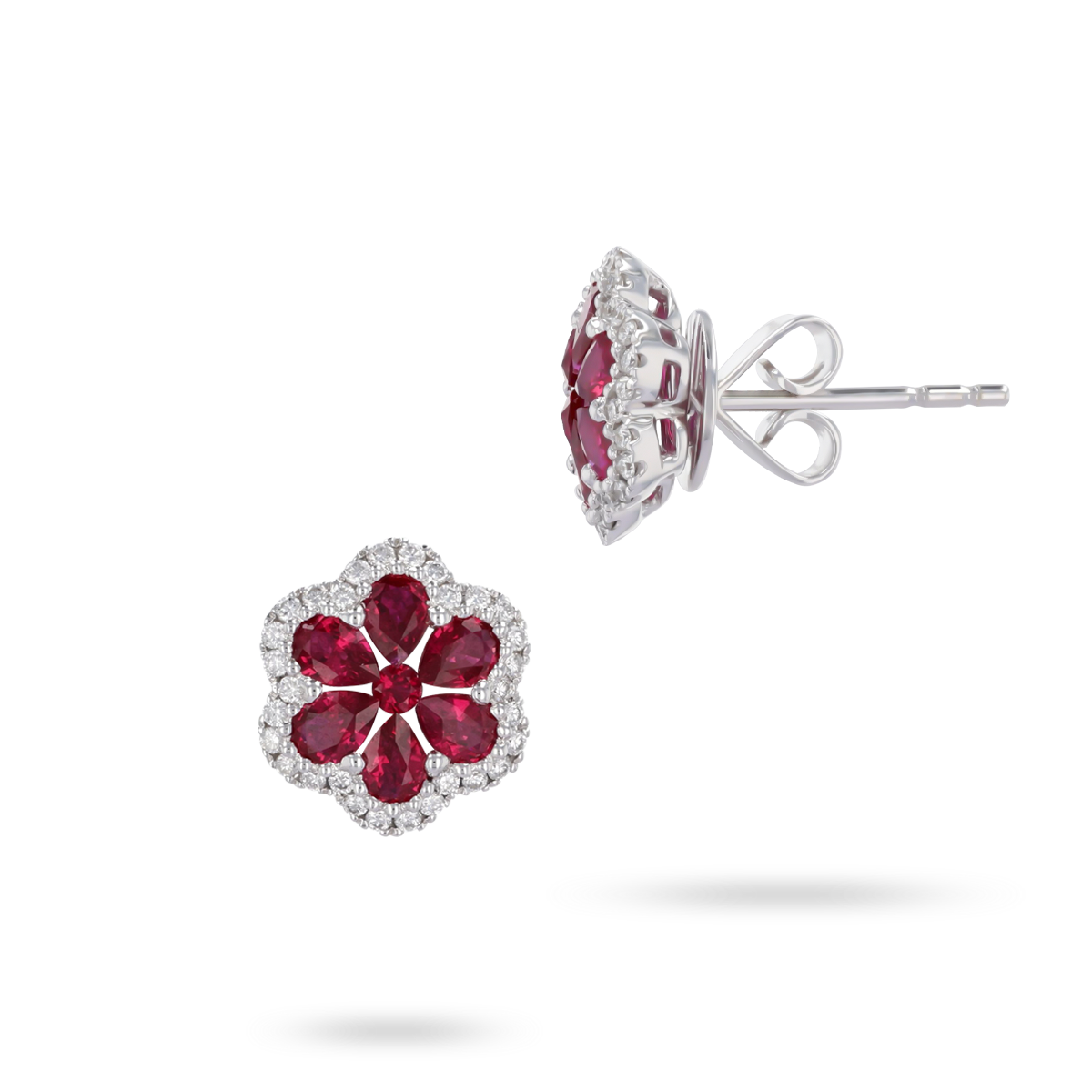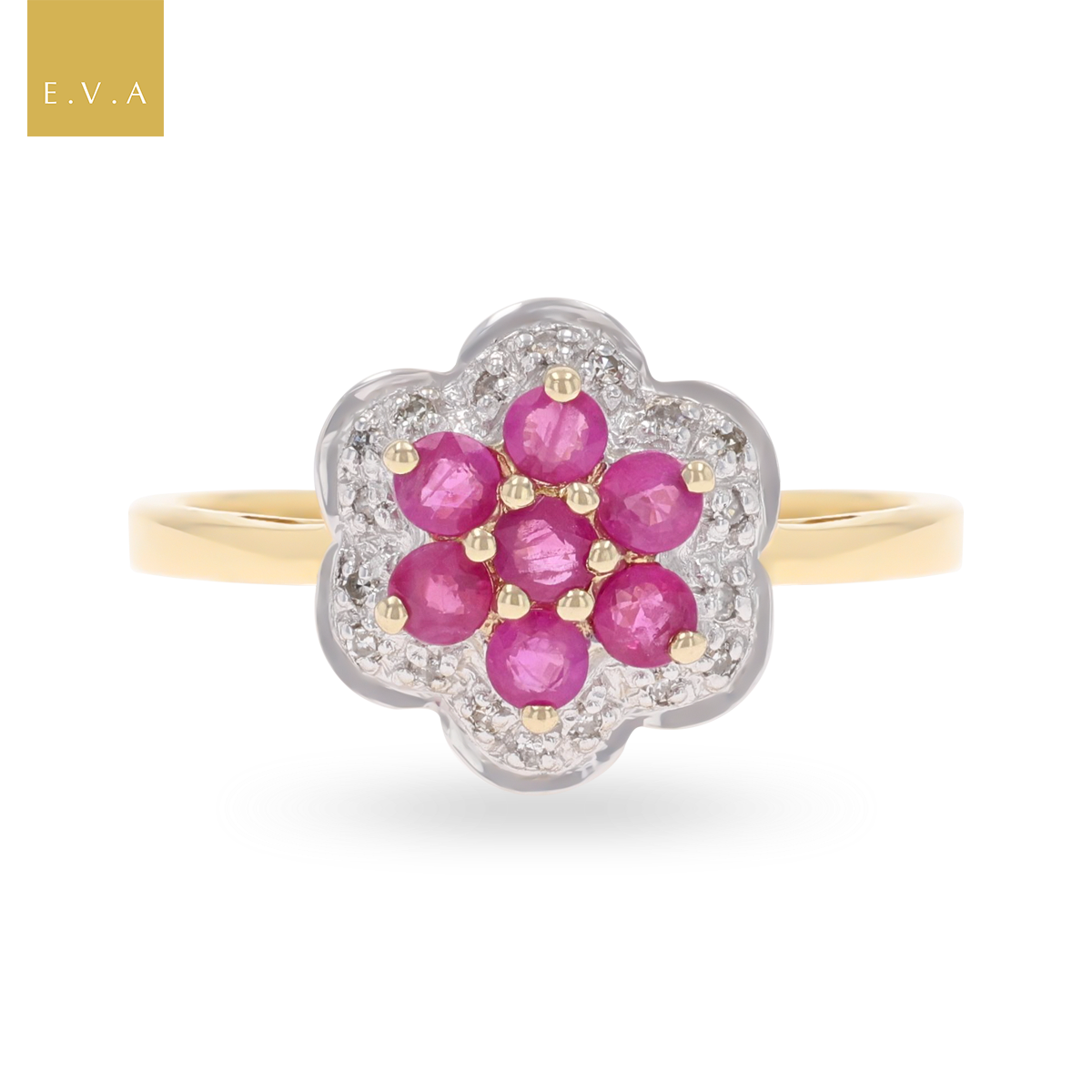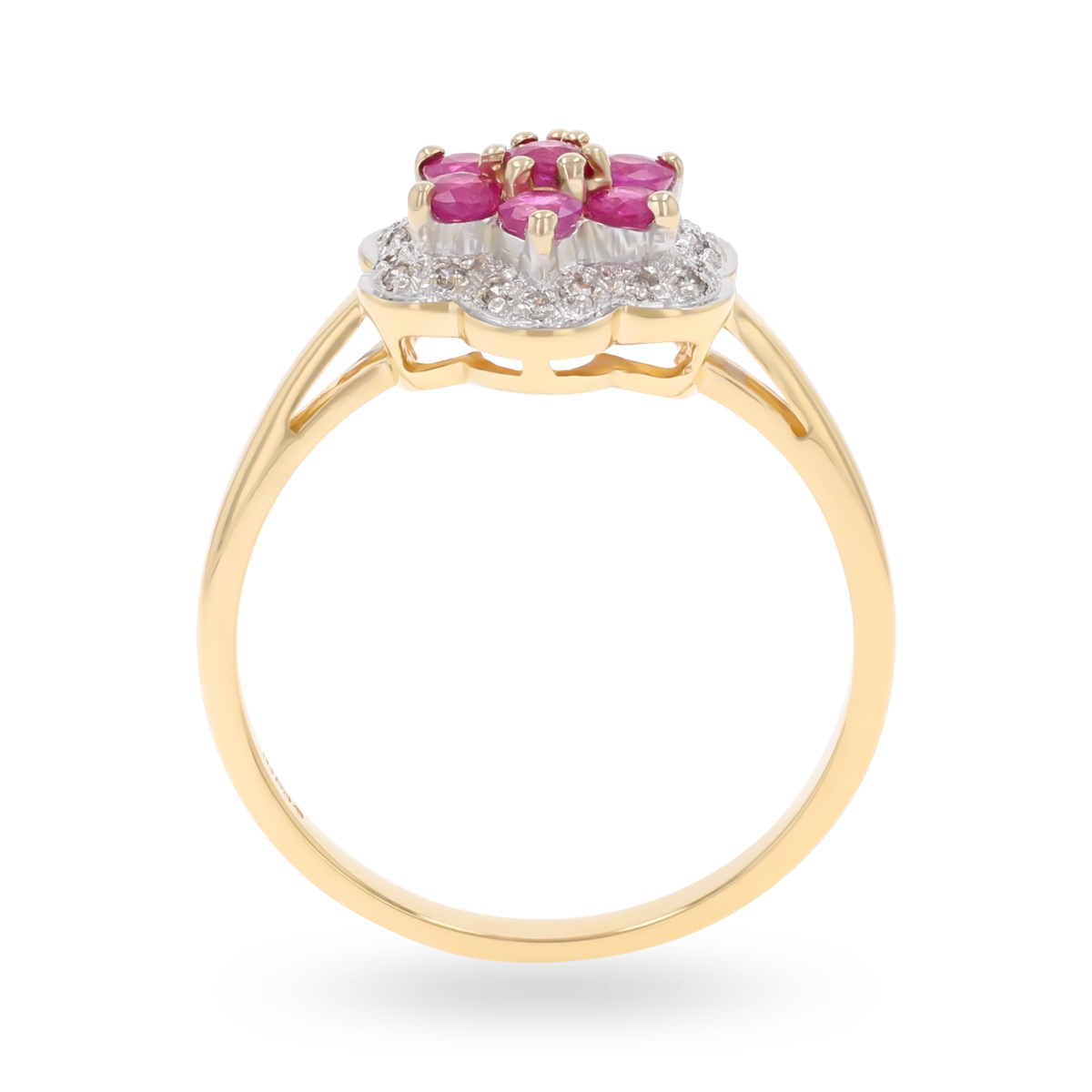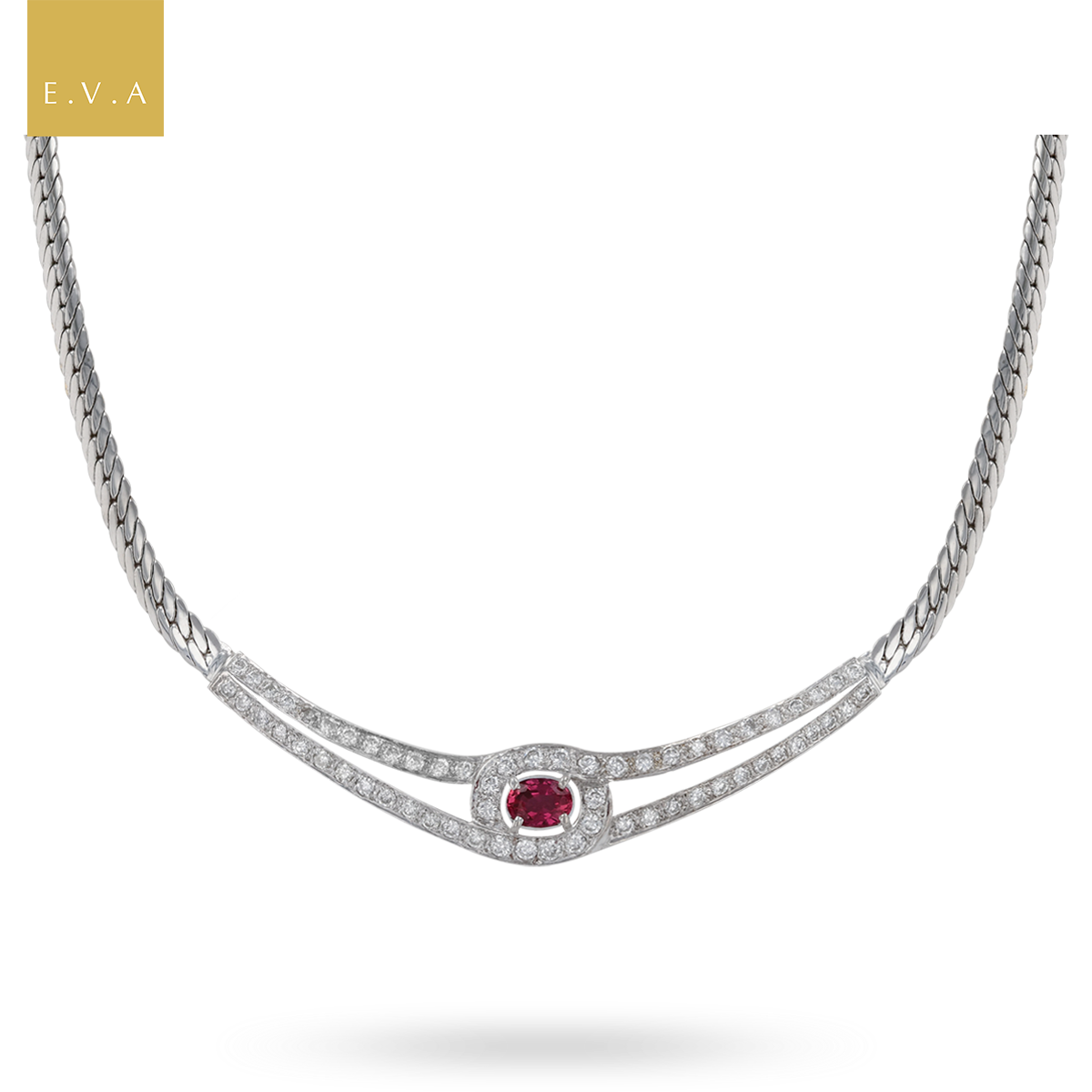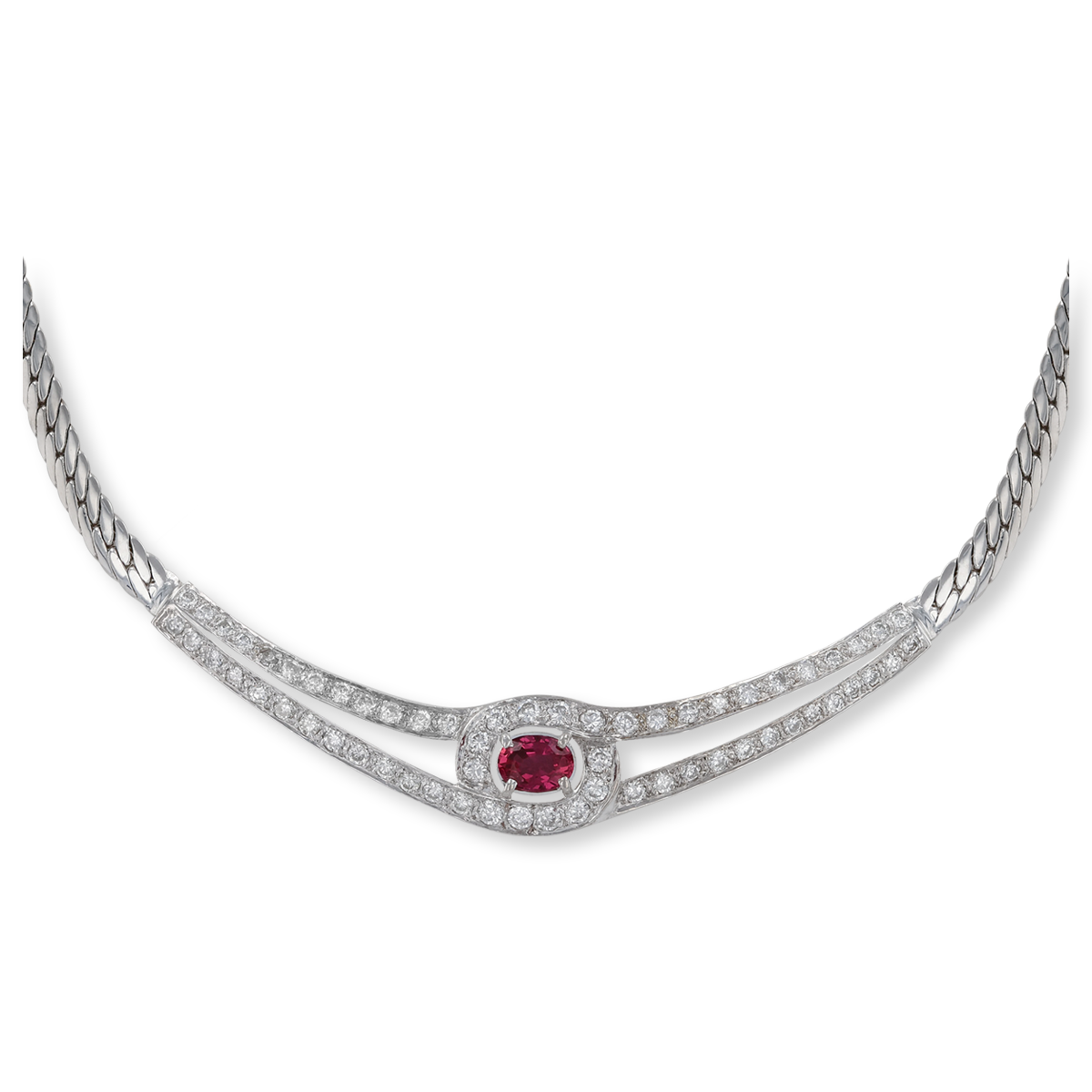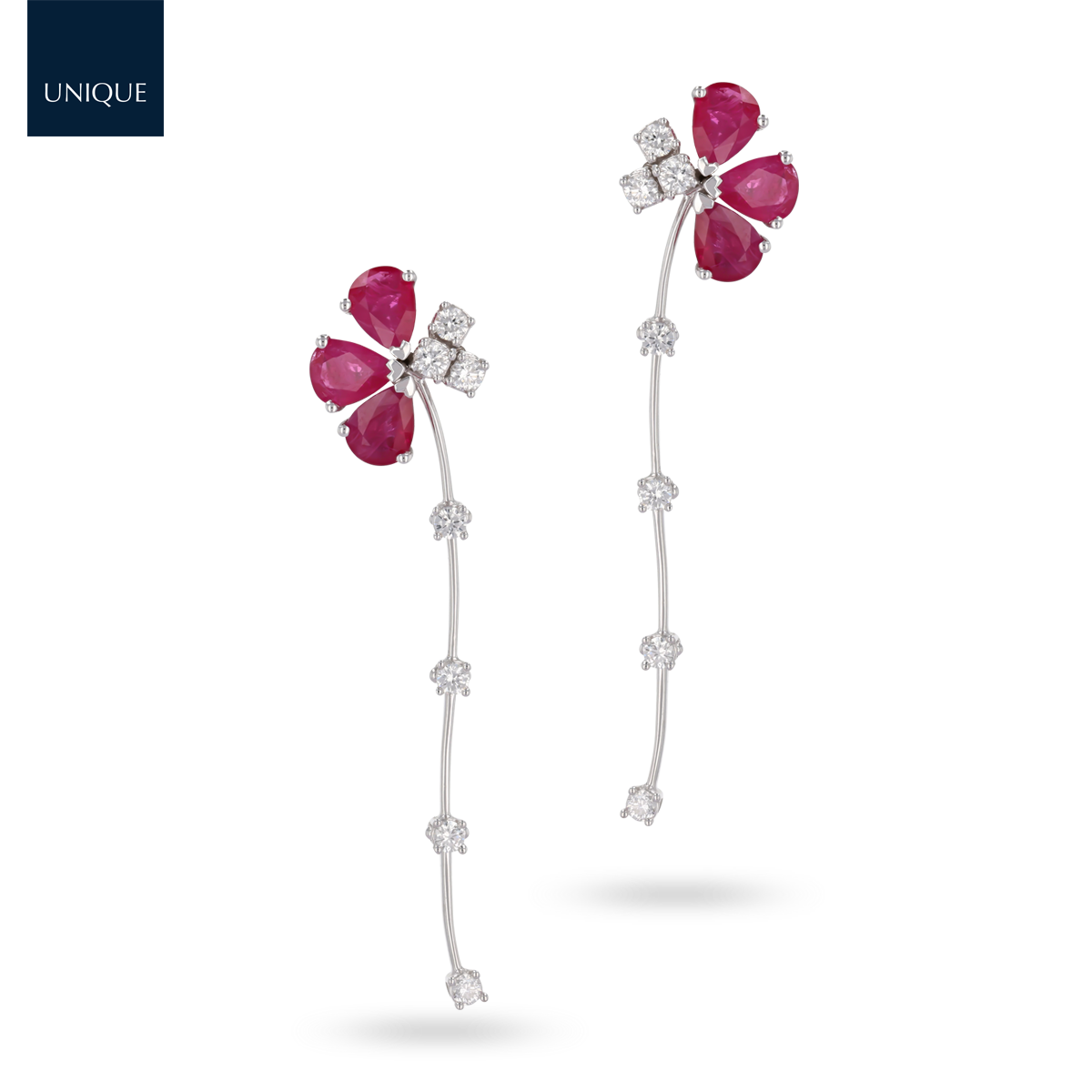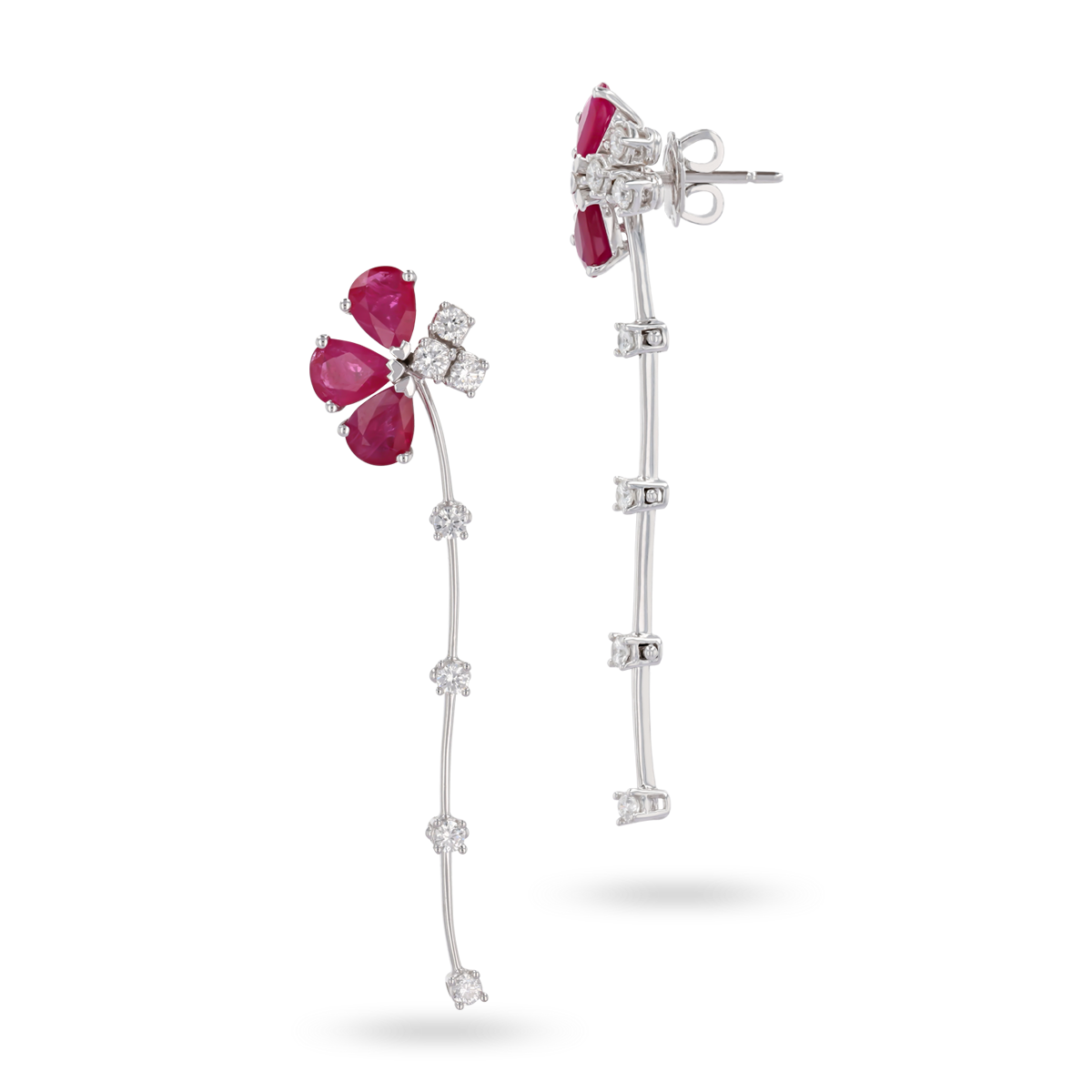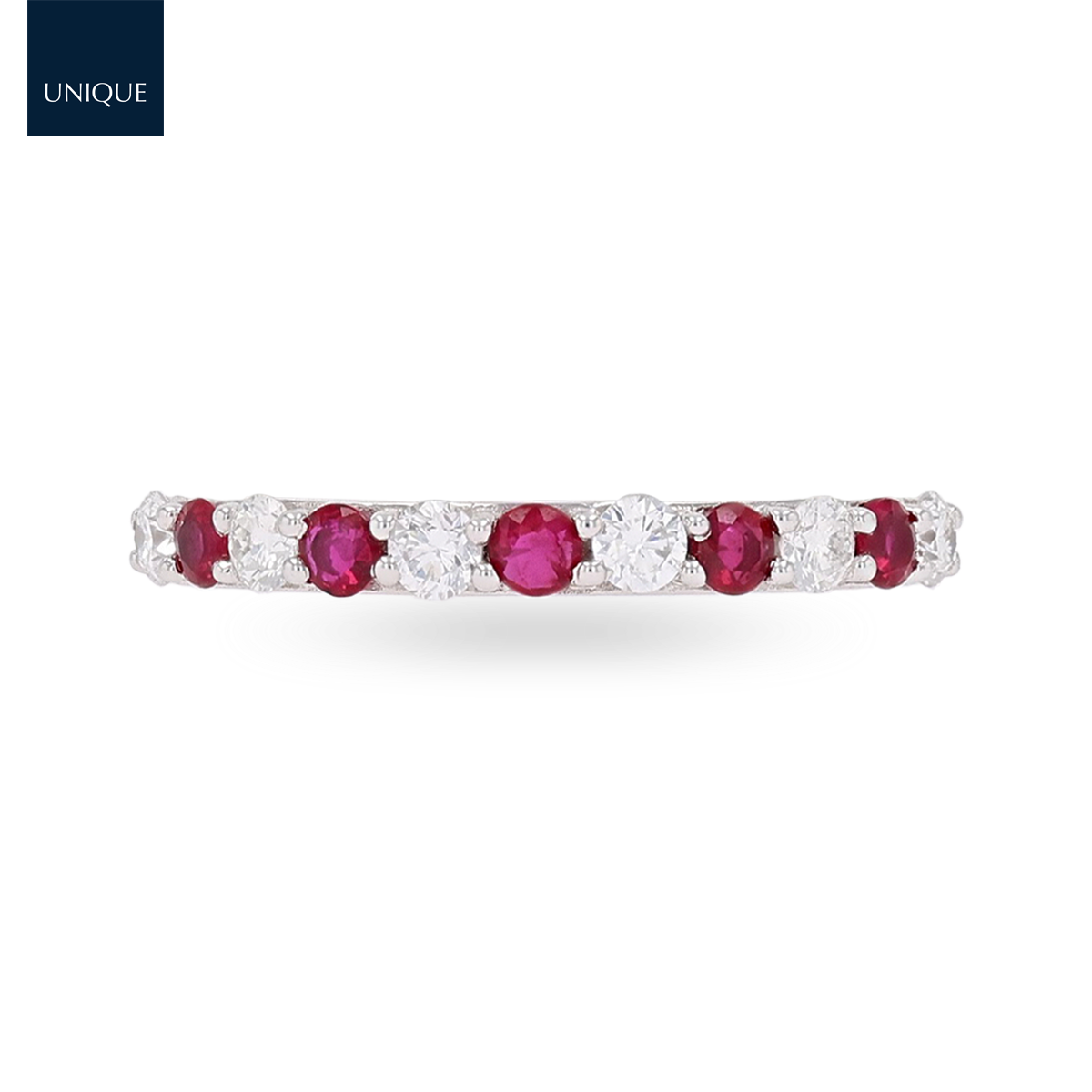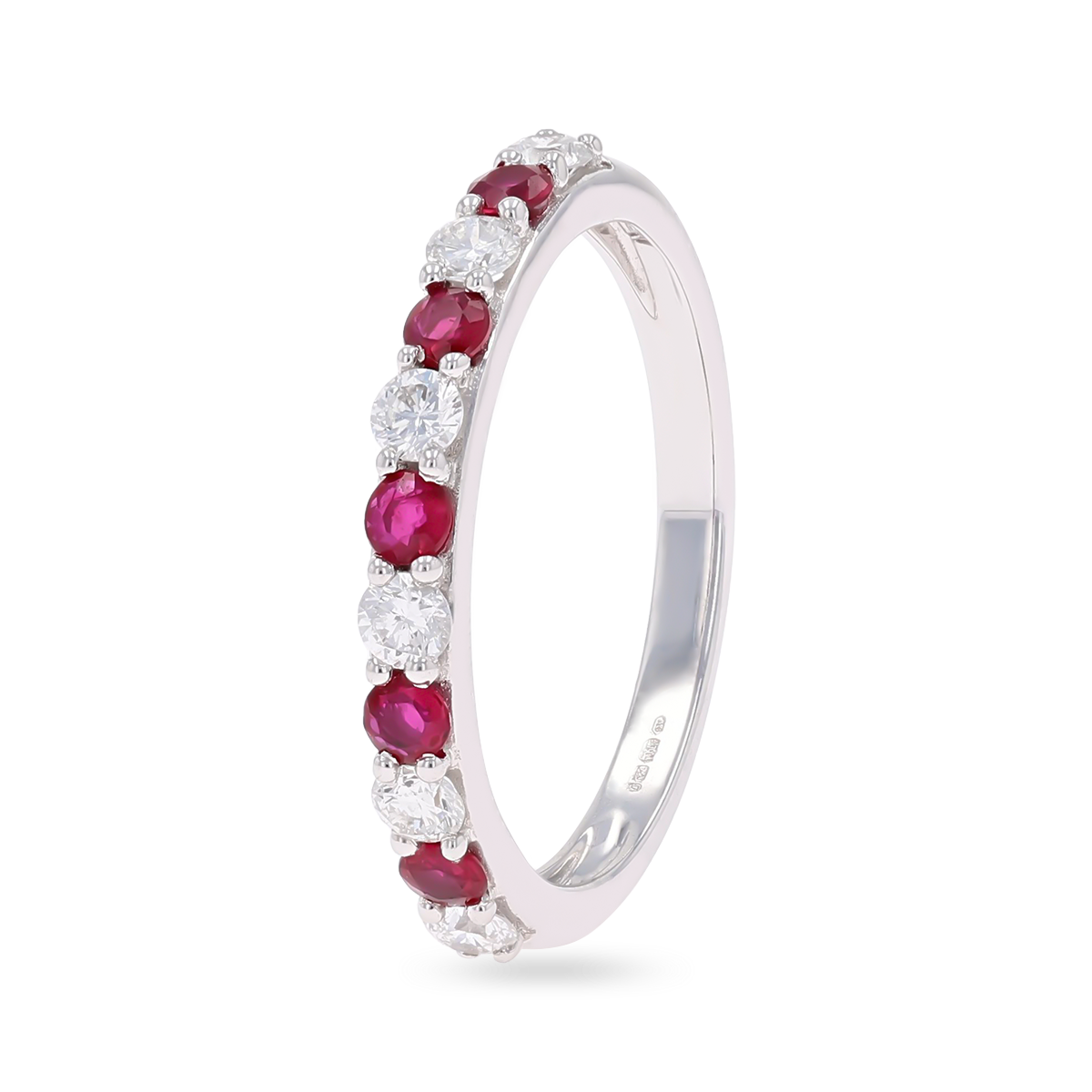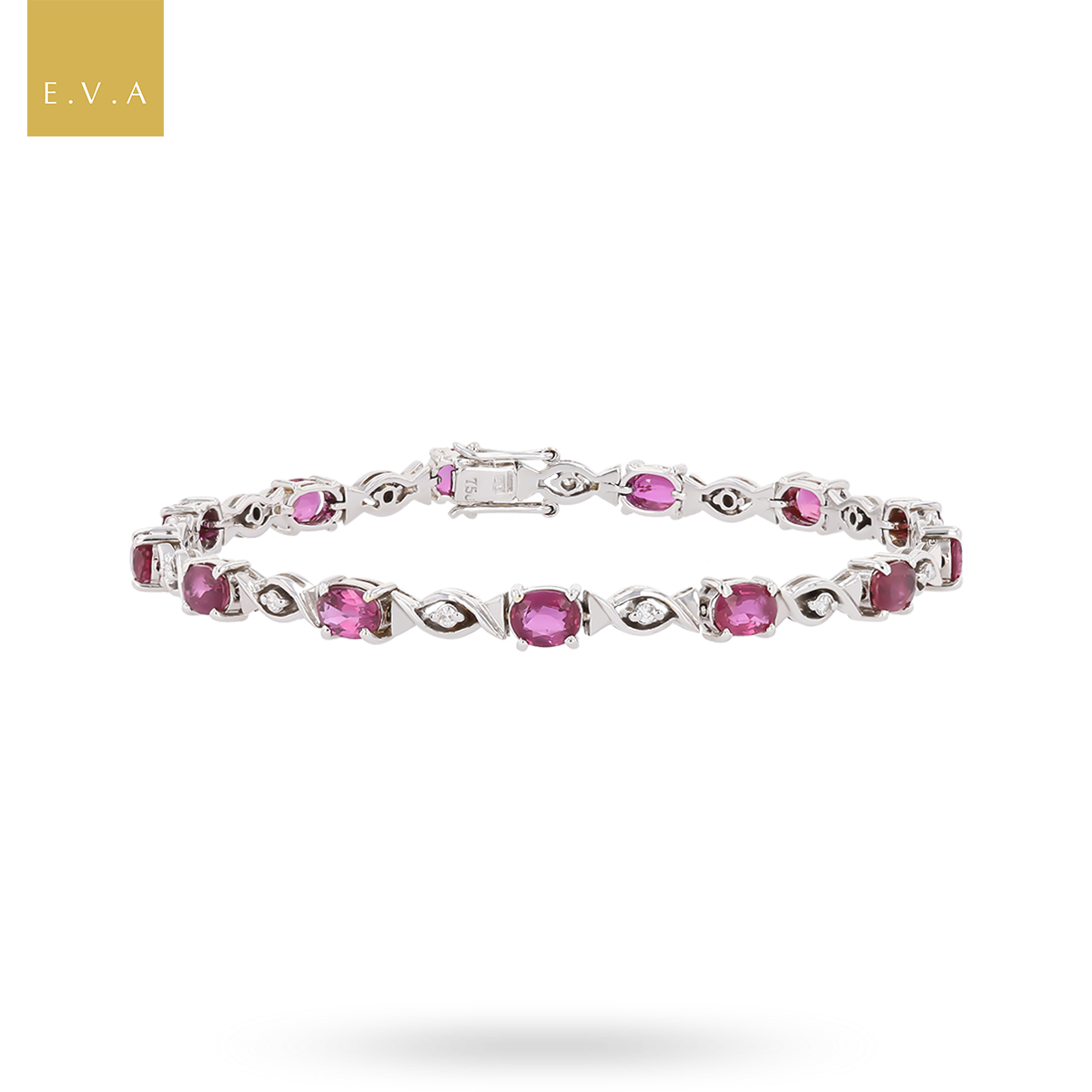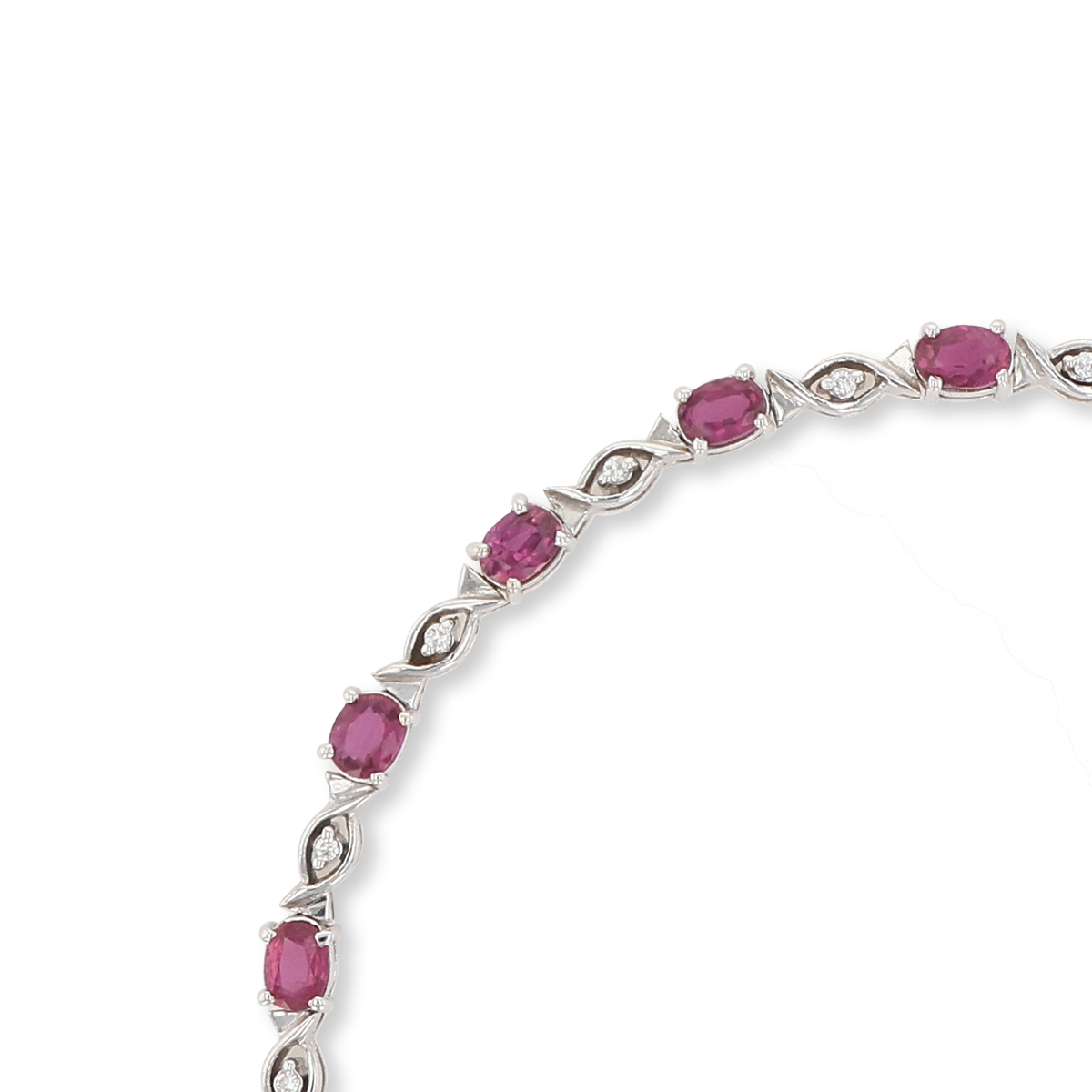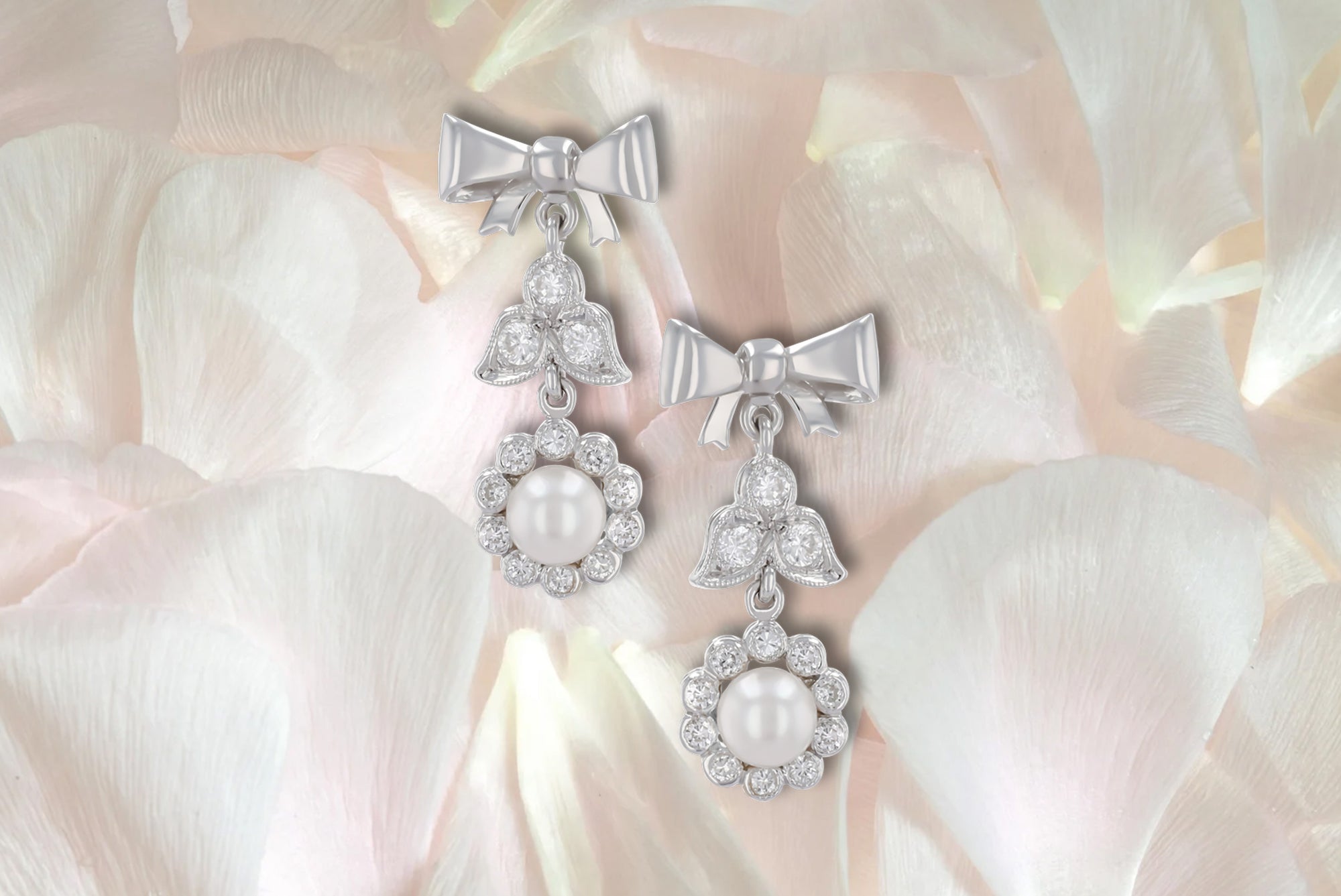The King of Gems
What is Ruby?
Ruby, is the red variety of the corundum family, which has a composition of aluminium oxide. Ruby, possesses a variation of subtle overtones: from rosey pinks to golden browns, that glimmer against its famed scarlet red body colour, coloured by Chromium (Cr). Depending on the saturation and intensity of colour, the gemstone ranges from transparent to translucent, and reflects a bright vitreous lustre.
Crystal Habit
The gemstone crystallises with a tabular crystal habit, which is classified under the trigonal crystal system. It forms a six-sided hexagonal shaped crystal with flat basal pinacoid terminations and therefore exhibits a hexagonal cross-section. At alternating corners, rhombohedral faces may develop on the crystal. The surface of the crystal, displays layers of parallel striations (known as lamella twinning) and triangular growth marks on the pinacoid faces. Alternatively, ruby can be found as broken fragments or water worn pebbles in alluvial deposits.

Localities of Ruby
Ruby can be sourced and mined from multiple localities such as: Afghanistan, Kenya, Madagascar, Myanmar (Burma), Pakistan, Sri Lanka, Tanzania, Tajikistan, Thailand & Vietnam. Evidently, the most well known source for rubies, is the Mogok Stone Tract mine in Myanmar (Burma). The highly prized ‘pigeon blood’ rubies, is mostly extracted from this mine and is a trade name often applied to rubies, that reveal a pure red colour with no secondary colour. Additionally, this term is often extended to rubies, that have a hint of purple, which are also known to command a high premium.

Under The Loupe: Inclusions
Rubies showcase a vast scope of magical inclusions and some are even characteristic of certain localities. Here are just some of the inclusions detected in rubies, from: angular/hexagonal colour zoning, two phase, boehmite (needle-like crystals), silk (short, fine needle-like rutile), intersecting twin planes, calcite, mica flakes, pyrite, apatite and negative crystals (which are in the shape of the host materials rough form - essentially a ruby crystal inclusion within a ruby).

The Magical Phenomenon of Star Rubies
Rubies can exhibit an optical effect know as Asterism, which is more commonly traded under the name “Star Ruby”. The reflection effect, relies on the magical rutile (thin, needle-like) inclusions, which occur in ruby and are orientated in two or more different directions. The gemstone is then specifically cut "en cabochon", whereby the inclusions are parallel to the base. Light is then reflected from each set of inclusions, exposing either a six-rayed star or very rarely seen, a twelve-rayed star.

Treatments
The majority of the rubies that you will come across, have been heat treated. Heating is a traditional and widely accepted treatment, used on a multitude of gemstones to improve or change a gemstones colour. For example; Thailand rubies are frequently heated, to remove the brown undertone, whilst enhancing its red colour.
Heat treatment in corundum, is also used to improve a gemstones clarity. For example; the presence of silk (short, fine needle-like rutile inclusions) can be removed, when heated to high temperatures and cooled rapidly.
Diffusion is also a treatment that can be applied to rubies, to improve their colour. There are two types: surface and lattice (also referred to as 'bulk'). It is important to acknowledge, that surface diffusion is a non-permeant treatment, as the enhanced colour remains only at the surface of the gemstone and can be polished out. Whereas, lattice diffusion is a permeant treatment, that penetrates deeper into the gemstone.
Fracture filling is a non-permanent treatment, applied to rubies to improve both their colour and clarity. Rubies are heated in a borax or lead glass solution, whereby surface reaching fractures (cracks and fissures) are infilled, visually reducing the appearance of the inclusions and improving the durability of the overall stone.

Synthesis & Simulants
Rubies can be synthesised via two methods: Verneuil (flame-fusion) and Flux-Melt. Verneuil rubies tend to have a higher clarity, than flux melt rubies. The inclusions present in these two methods of synthesis, vary from each other and from natural rubies. The diagnostic inclusions present in natural gemstones, are usually absent and this can be identified with a 10x loupe and microscope. Synthetic rubies are laboratory grown through a number of different manufactures, such as: Biron, Chatham and Ramaura, just to name a few.
Rubies can commonly be mistaken for red tourmaline, red spinel, red artificial glass, garnet and composite stones: garnet topped doublet (GTD) and corundum-corundum doublet. These can all be identified through the use of gemological testing and observations.

The Lore of Ruby
Ruby is the material used to celebrate the 15th, 40th & 80th wedding anniversary, as well as being the birthstone of July, it is also the zodiac birthstone of Cancer. Ruby derives from the Latin word ‘ruber’, which simply translate to ‘red’. Early cultures thought the stone resembled the colour of blood, leading to the belief that rubies symbolised life. This gemstone was worn by many ancient warriors, on their shields or armour to provide protection. Today, the richness of ruby imbues passion, love and success.

Care
Ruby, Corundum: 💎 Hardness: 9 | 💪 Toughness: Excellent | ⚖️ Stability: Very Good
💚 Low Caution: A very durable gemstone, generally it is safe to use in; 🫧 Jewellery Dips, 🔊 Ultrasonic, 🌪 Steam Cleaners.
🔬Gemmological Observation: Corundums are a very durable gemstone. However, if lead-glass filled or heavily fractured, you will need to ⚠️ avoid: 🧪 Acids, ☀️🔥 Direct Heat, 🔊 Ultrasonic, 🌪 Steam Cleaners.

Explore our Wordfinder, A Glossary of Terms, to discover the meaning behind unknown names, terms or phrases - used in this article.
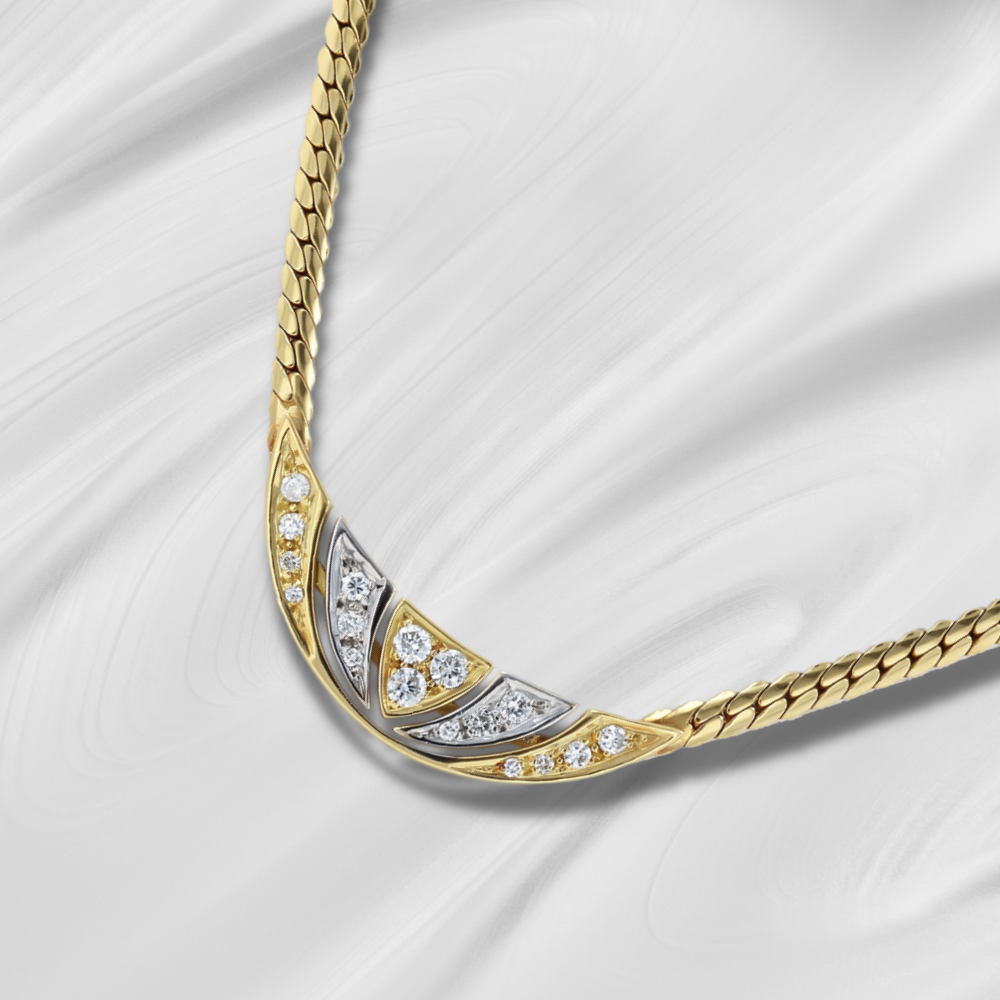
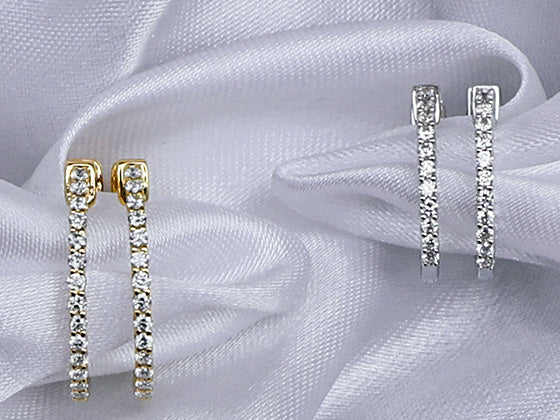
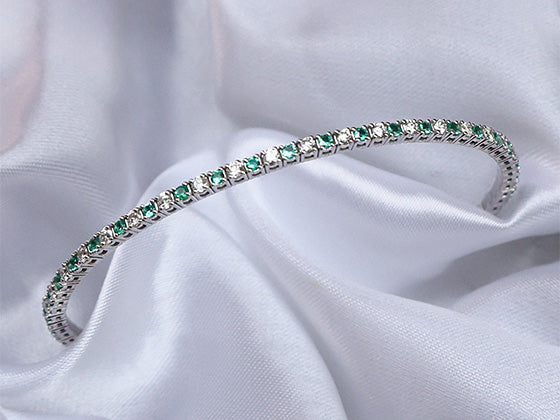

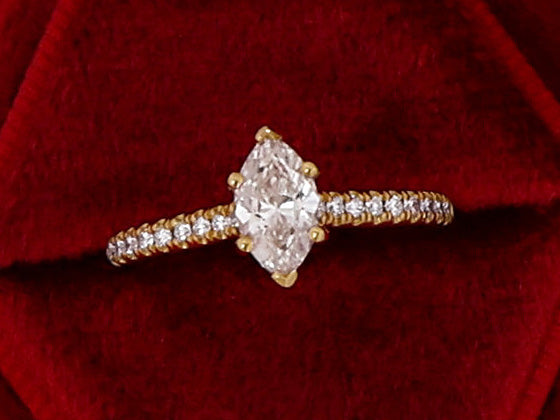
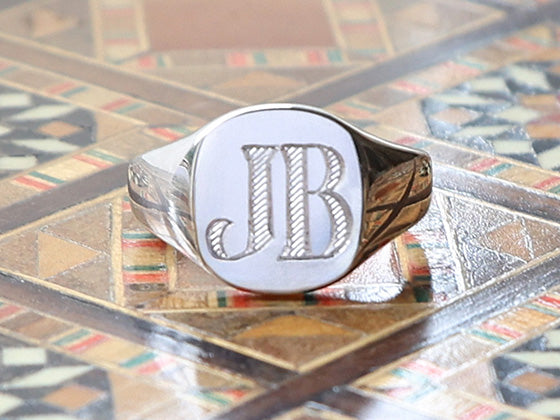
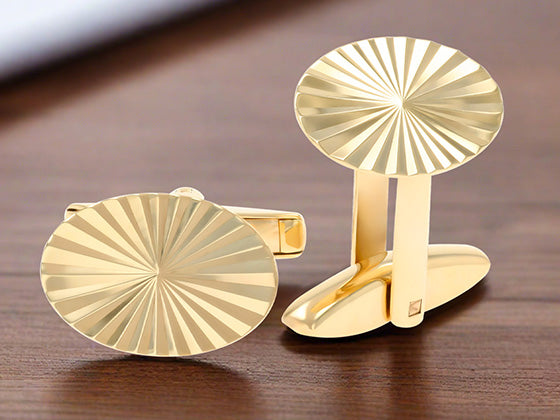
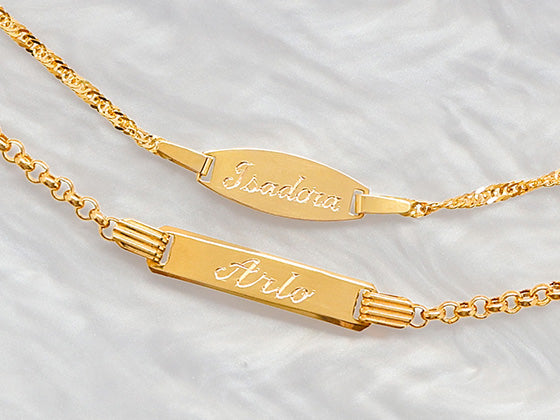
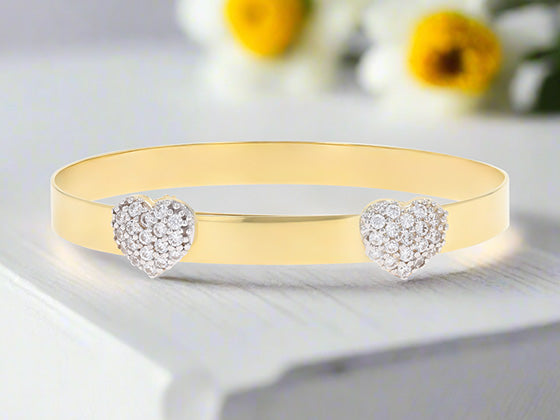
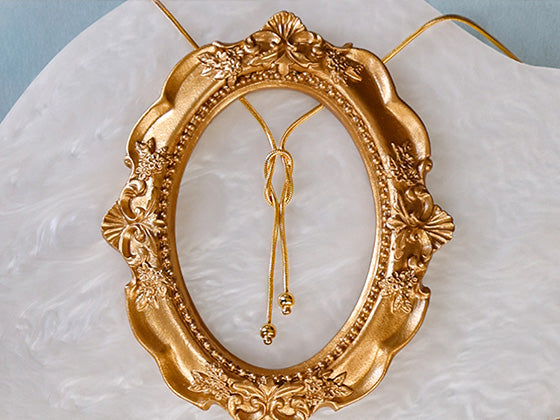
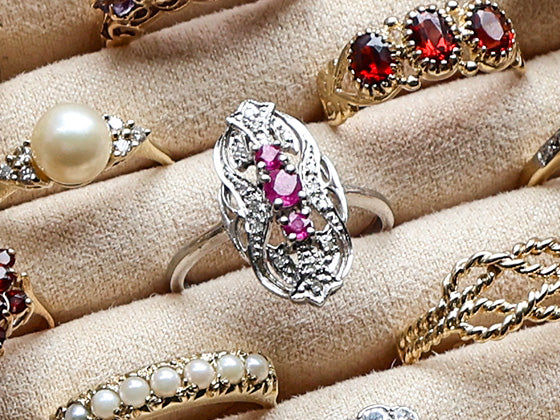
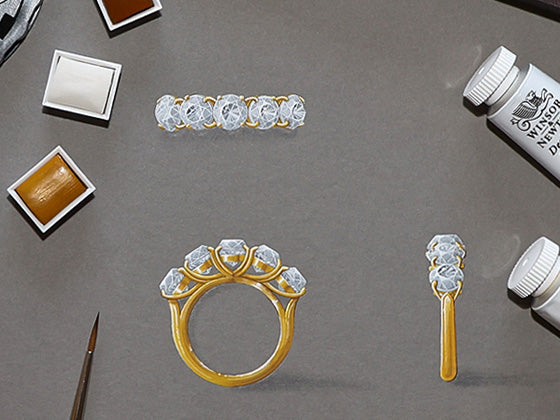
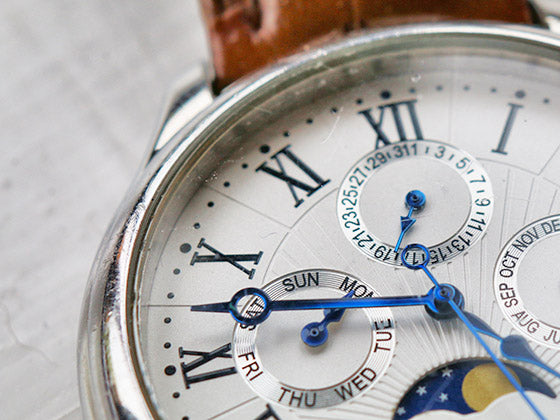
 Contact Us
Contact Us